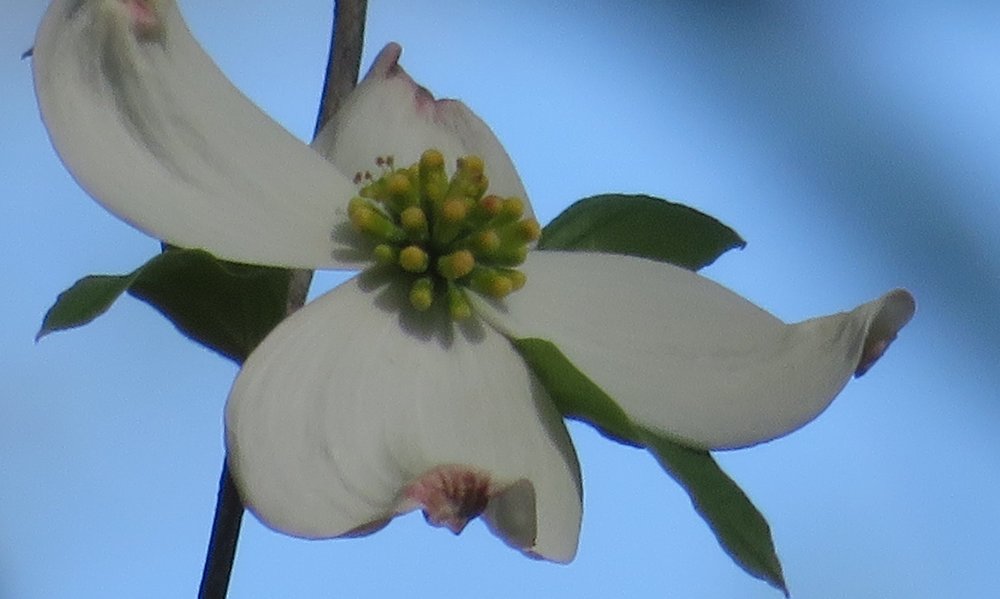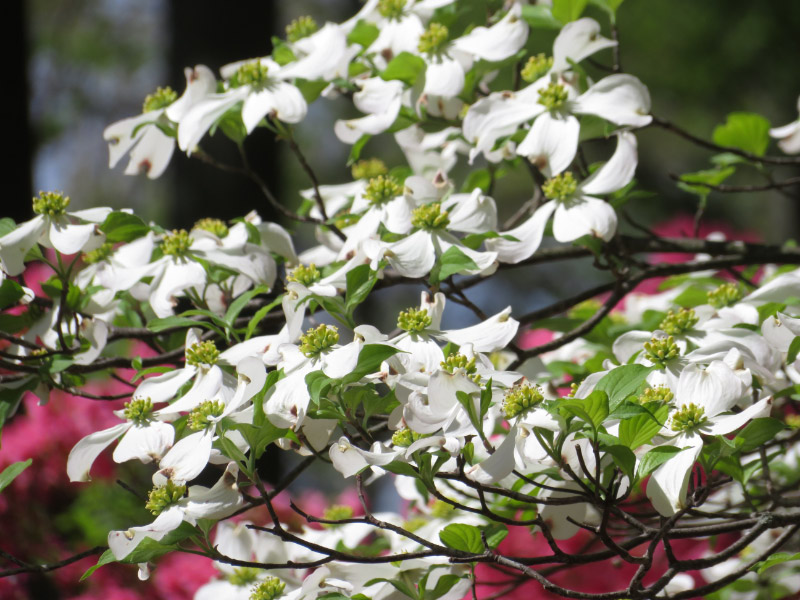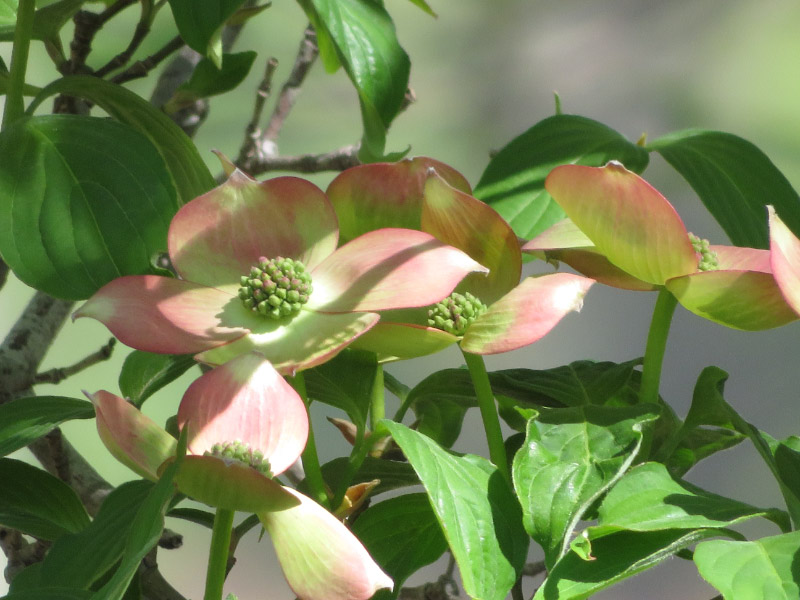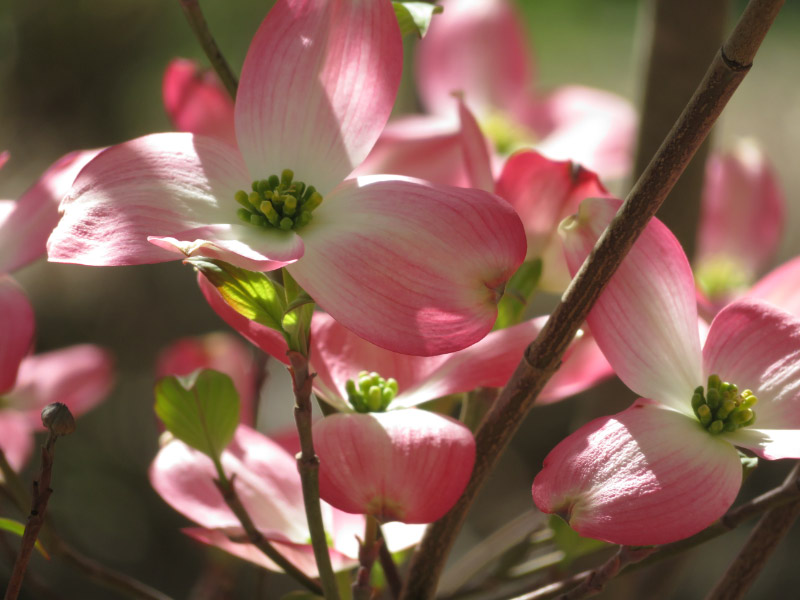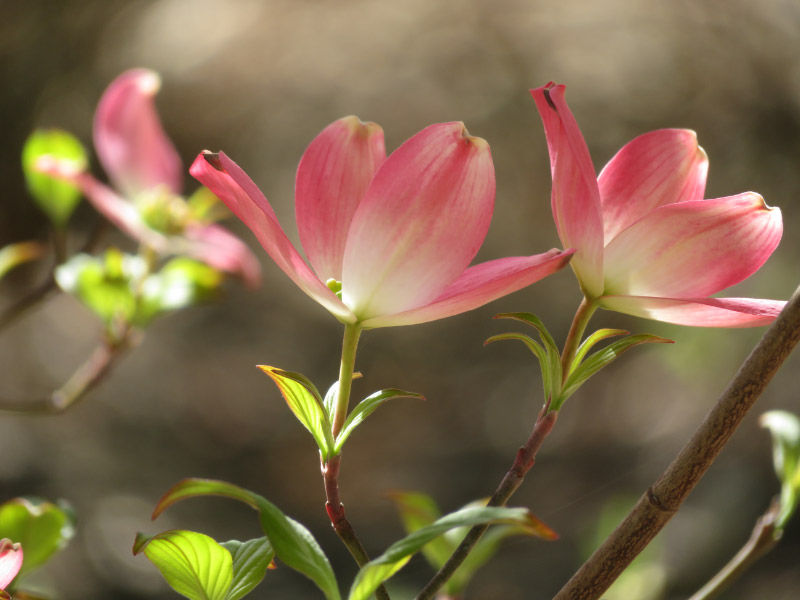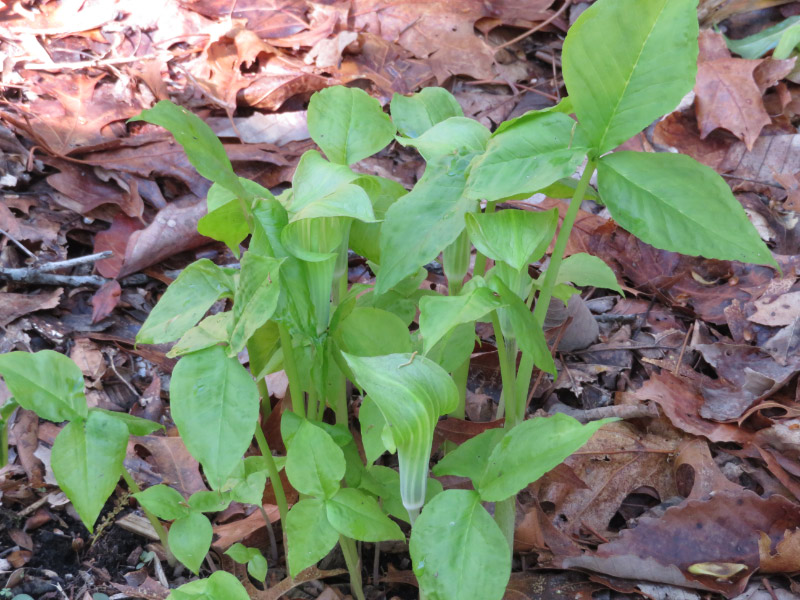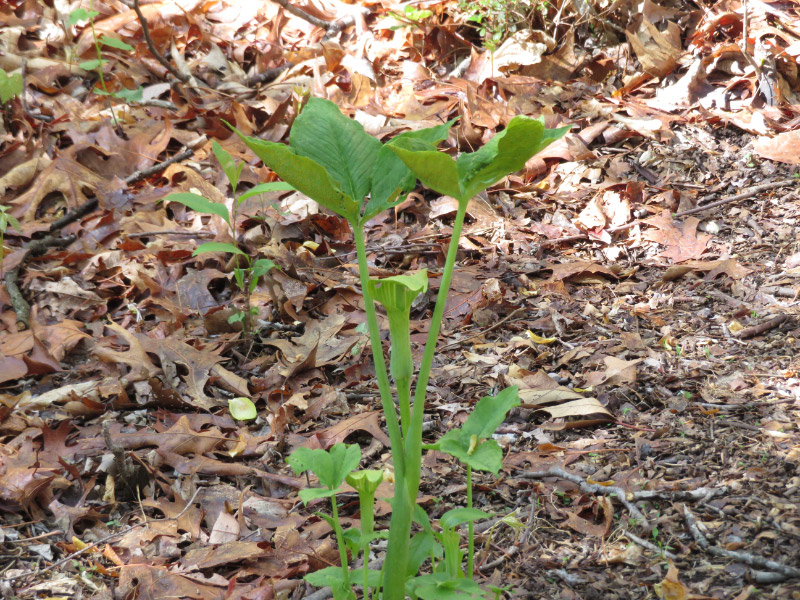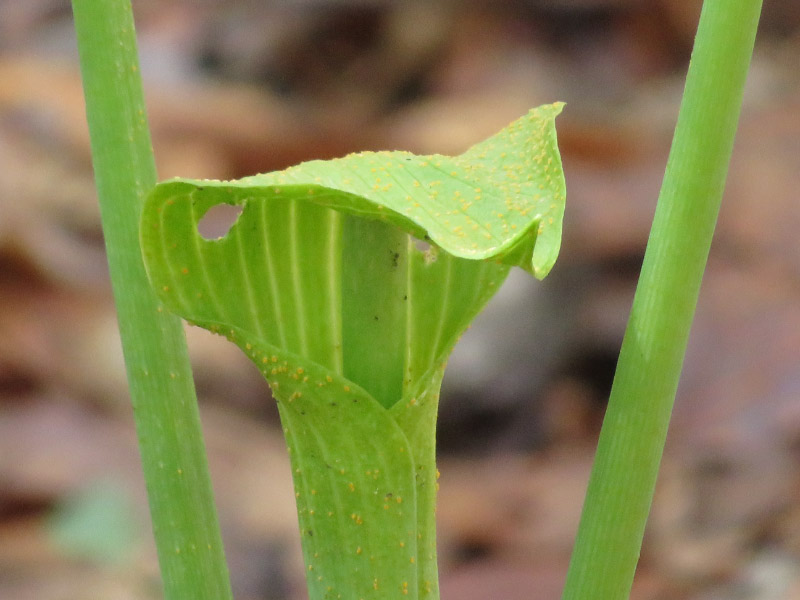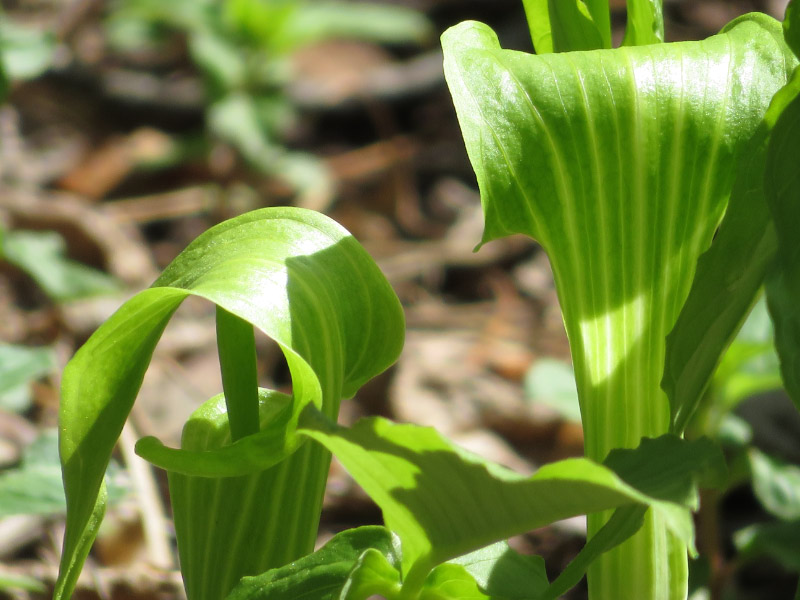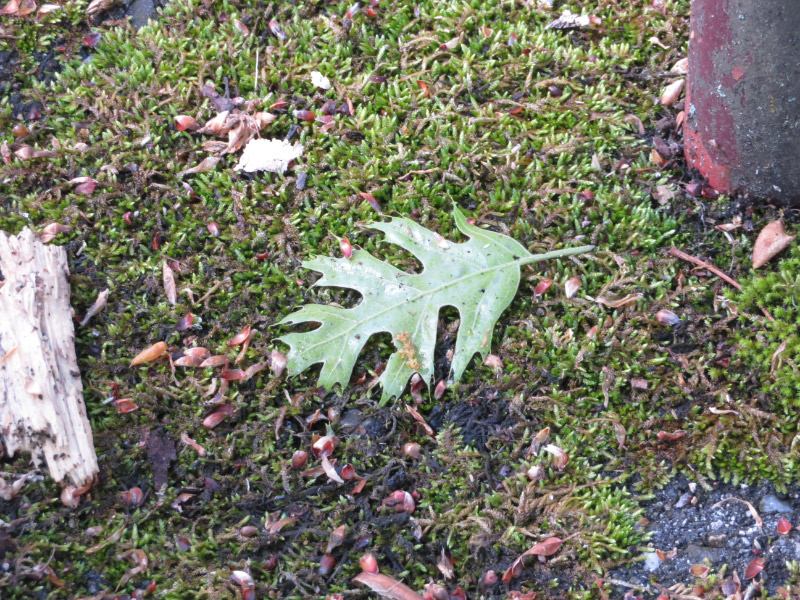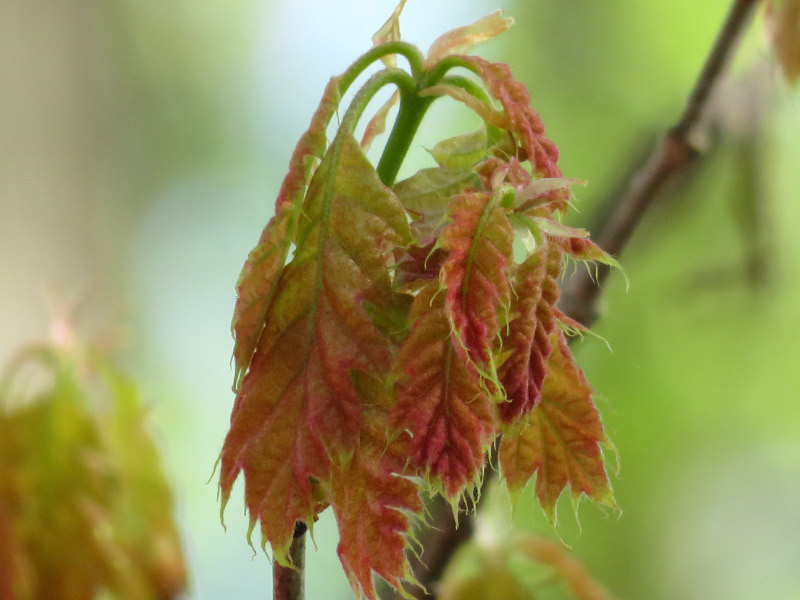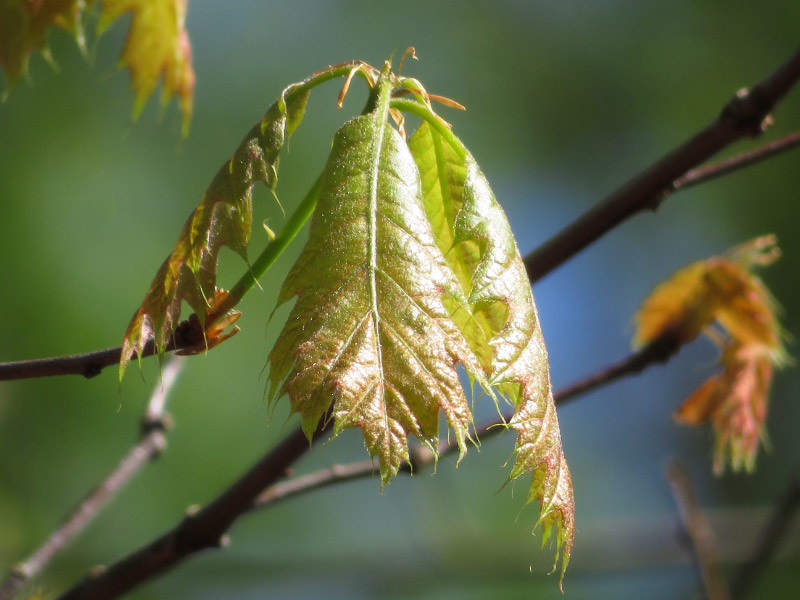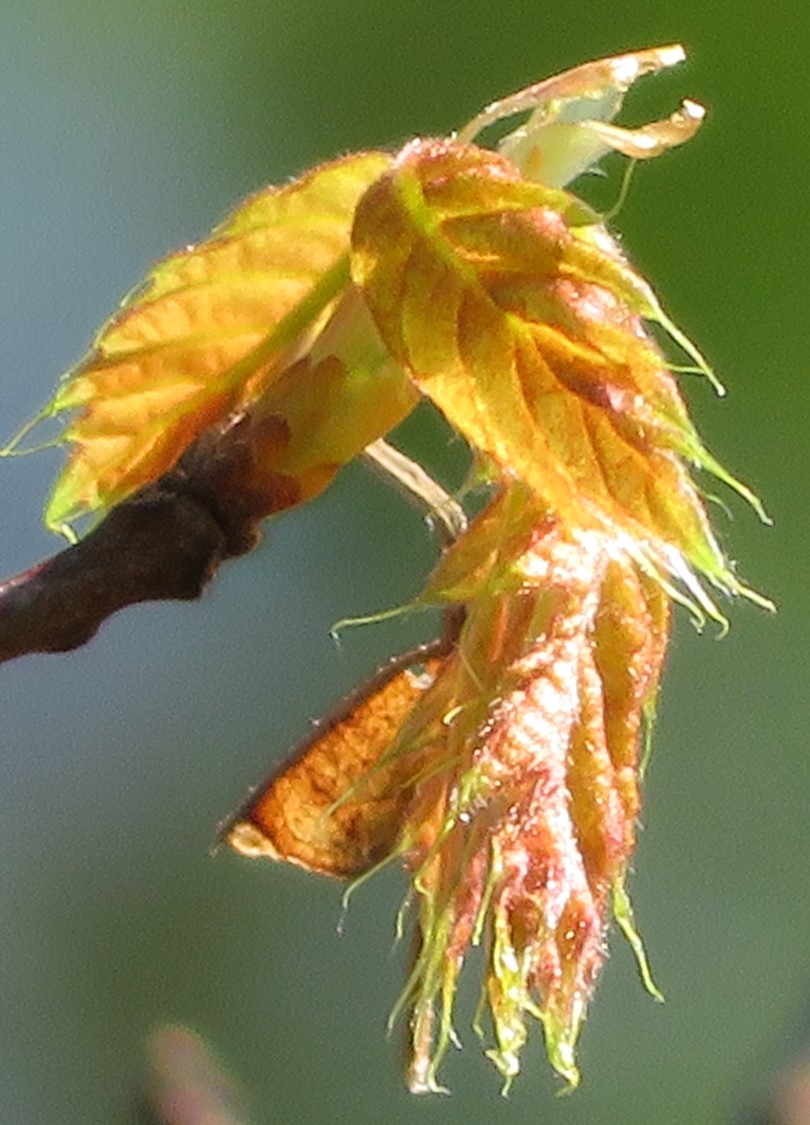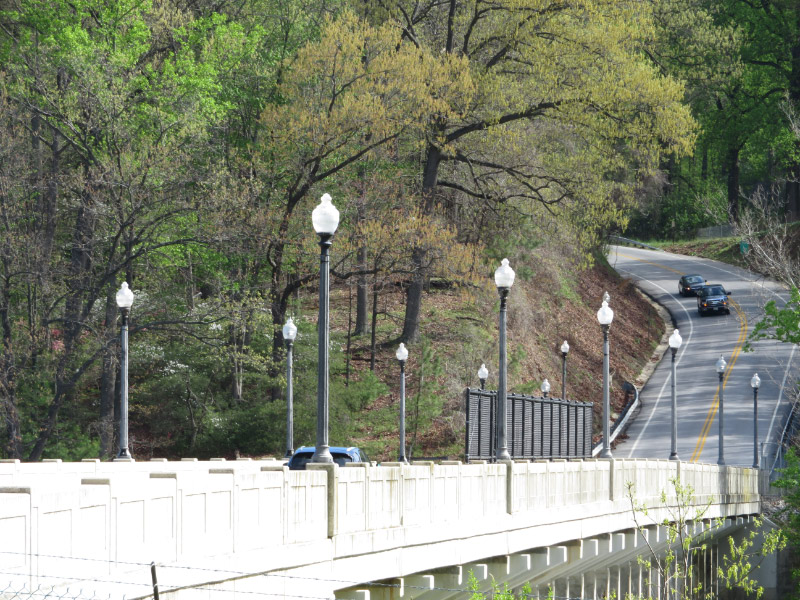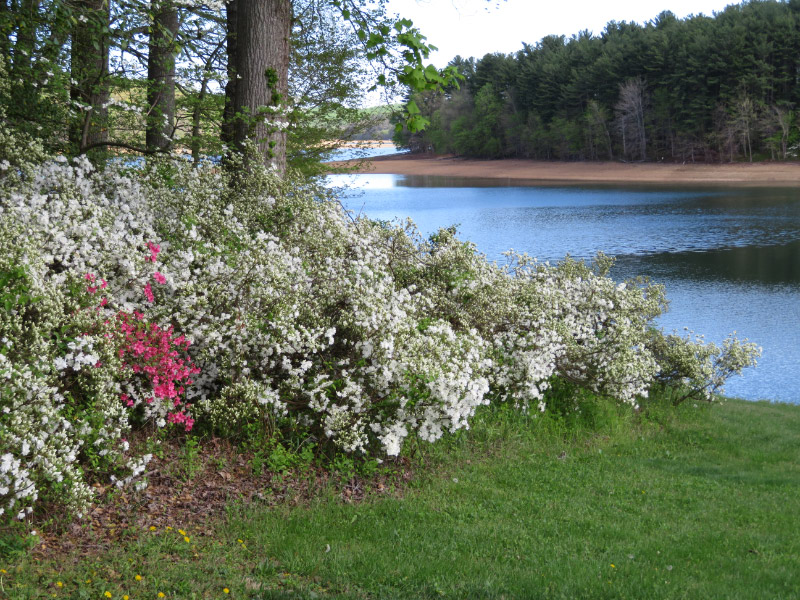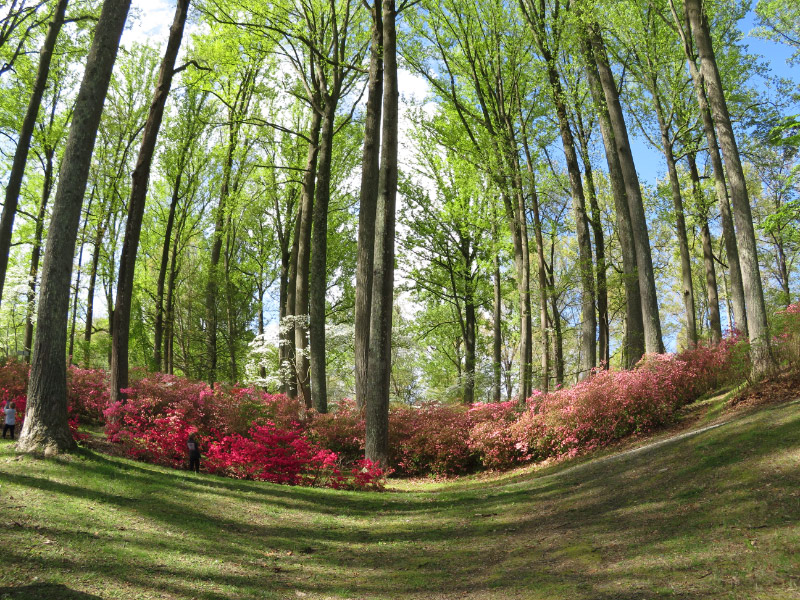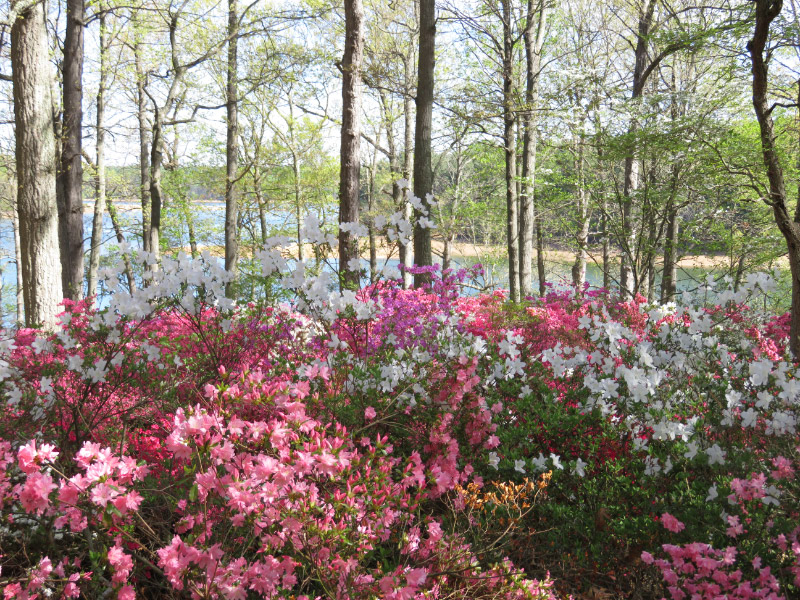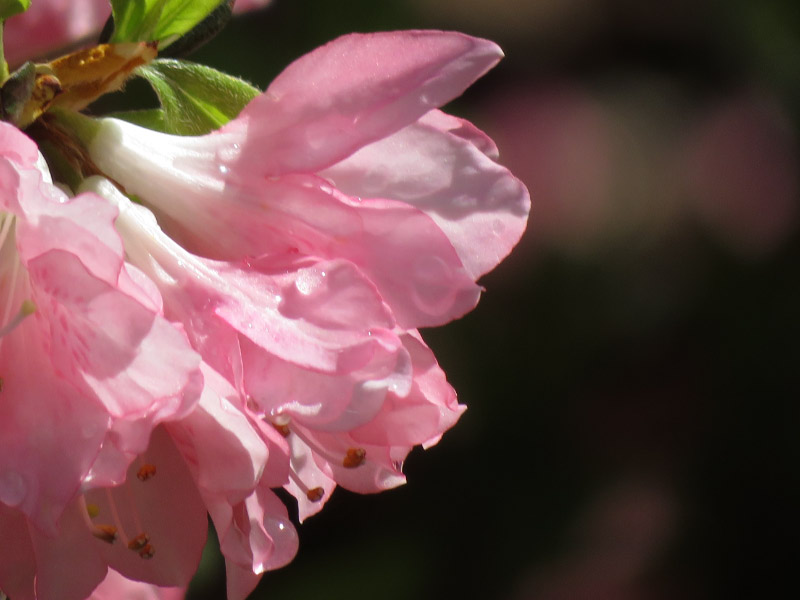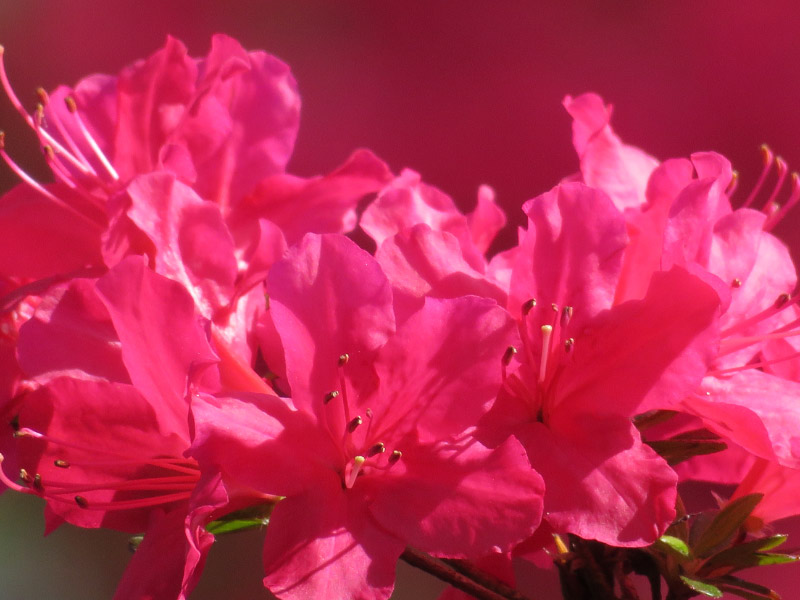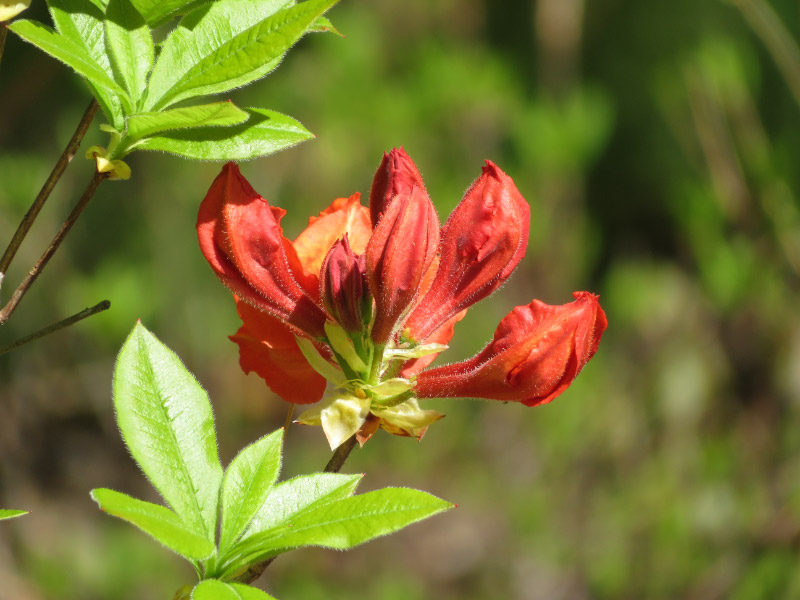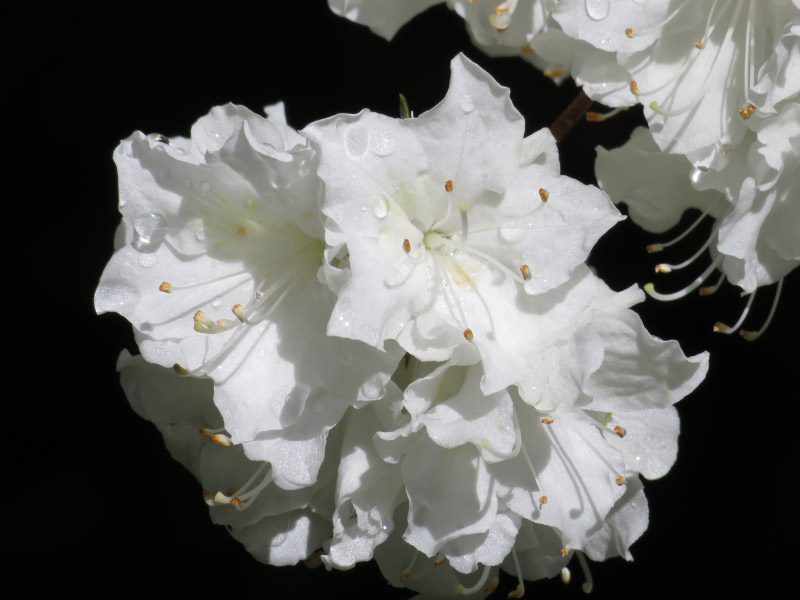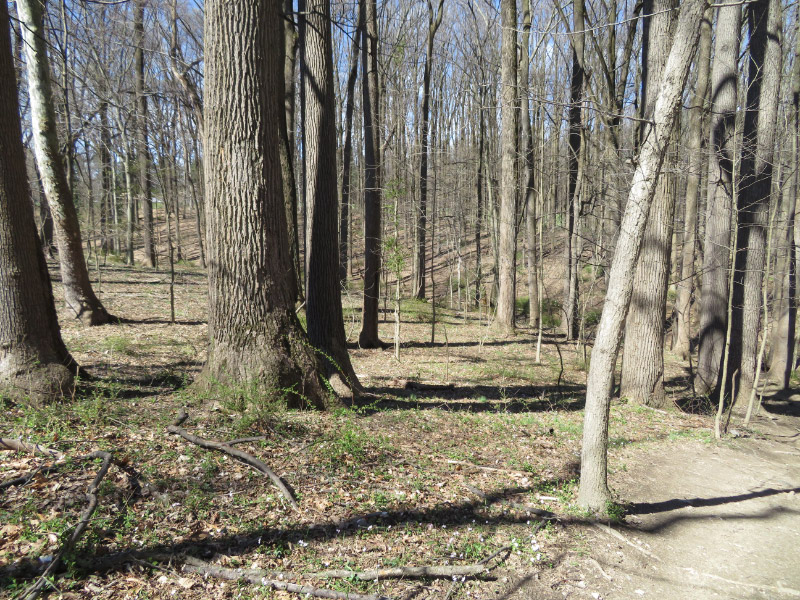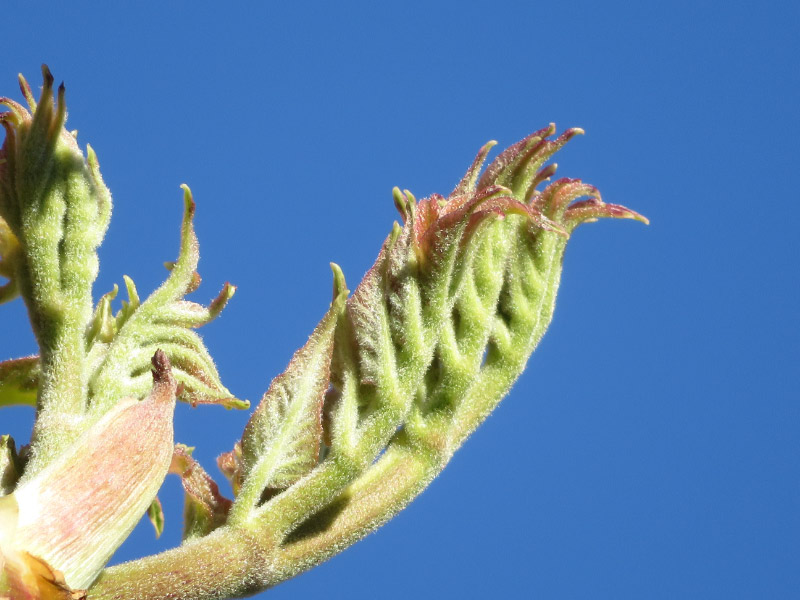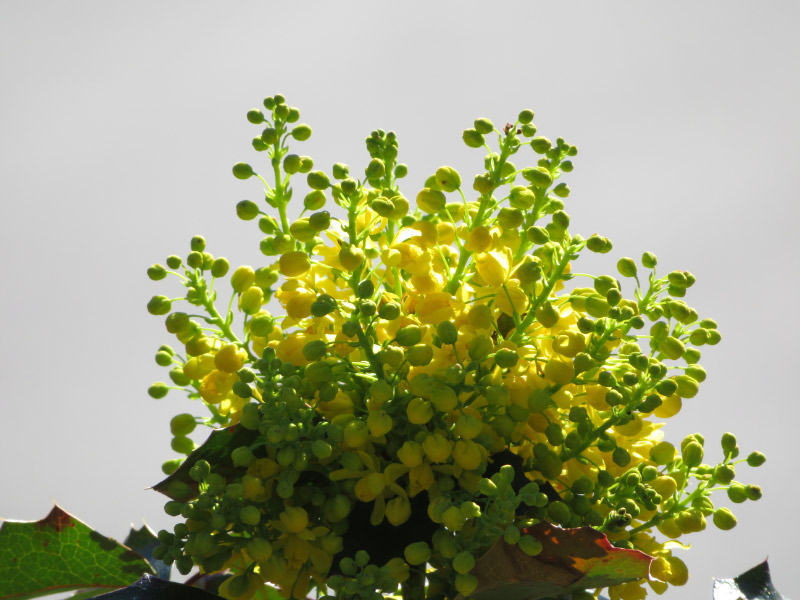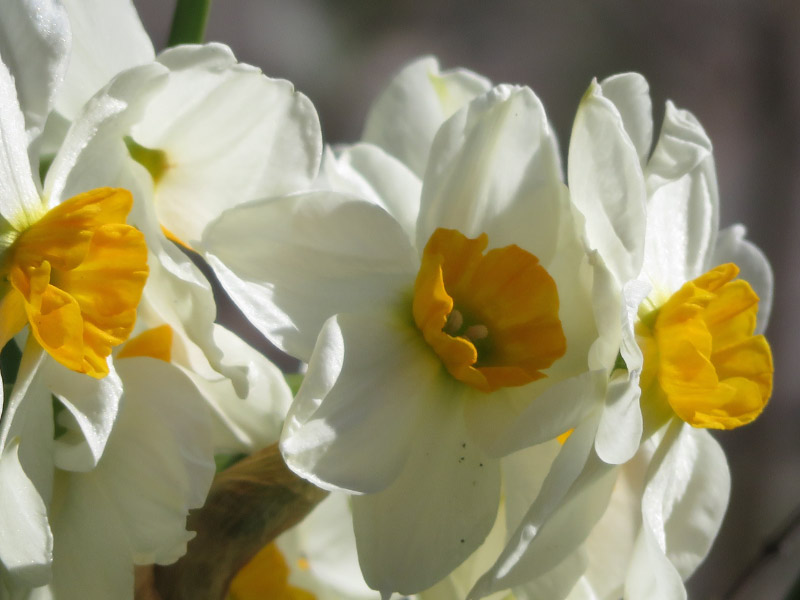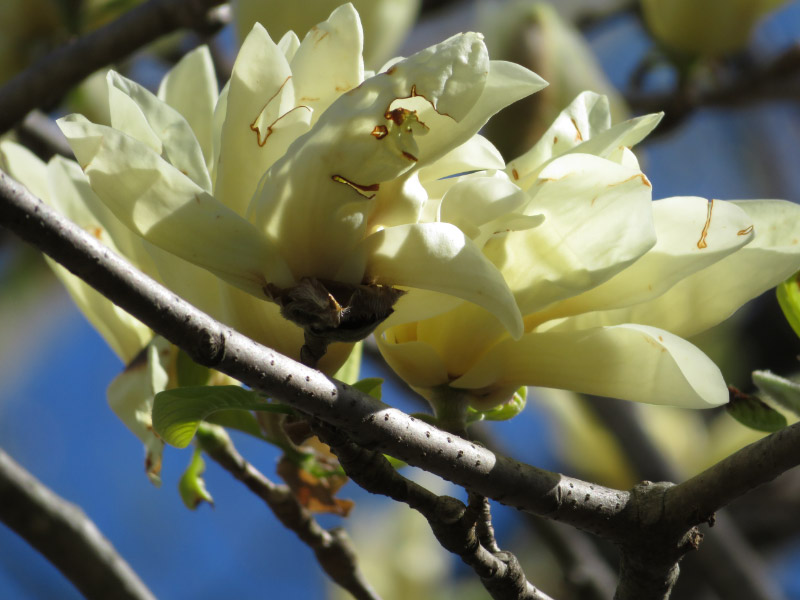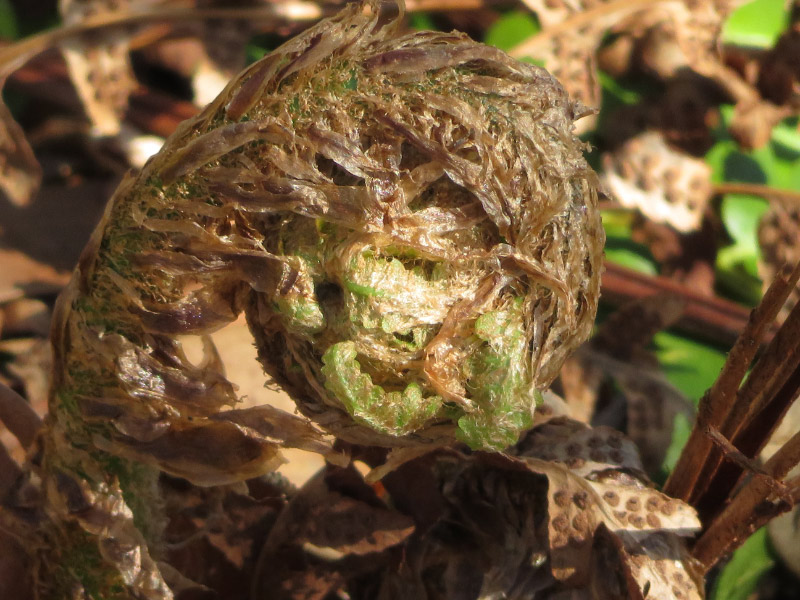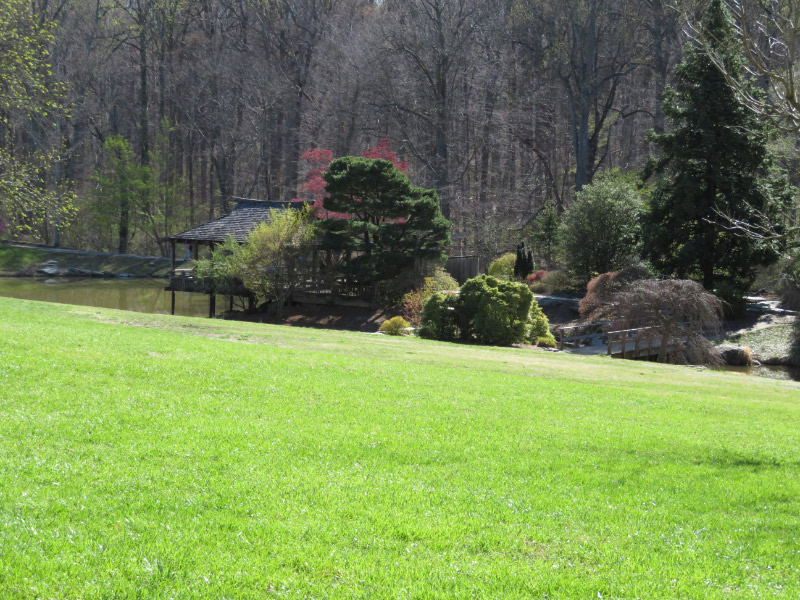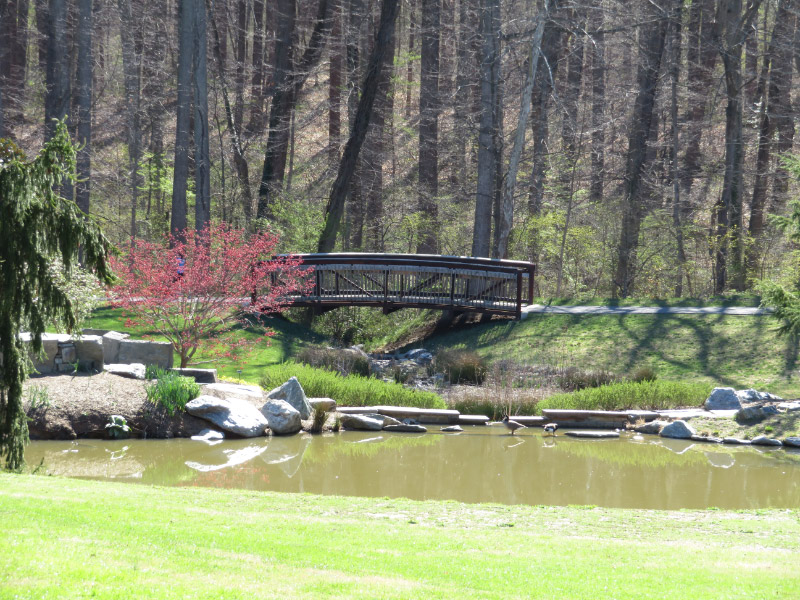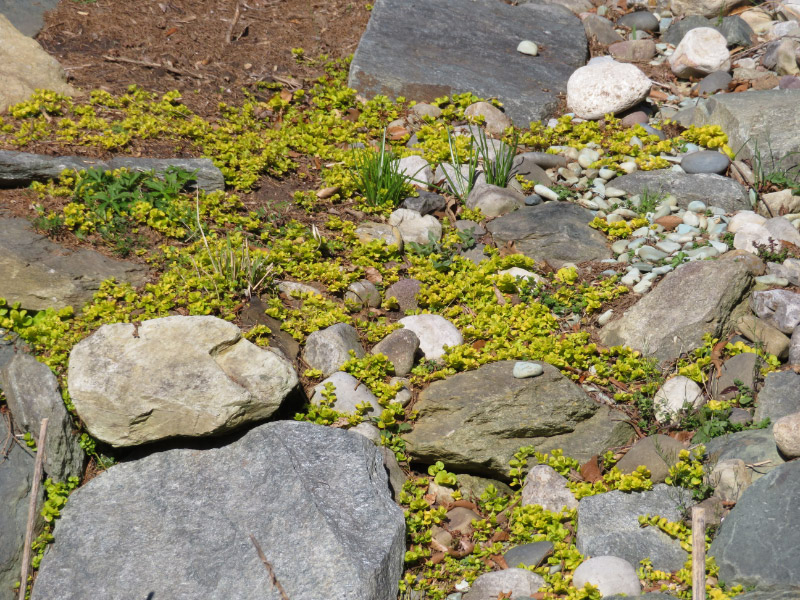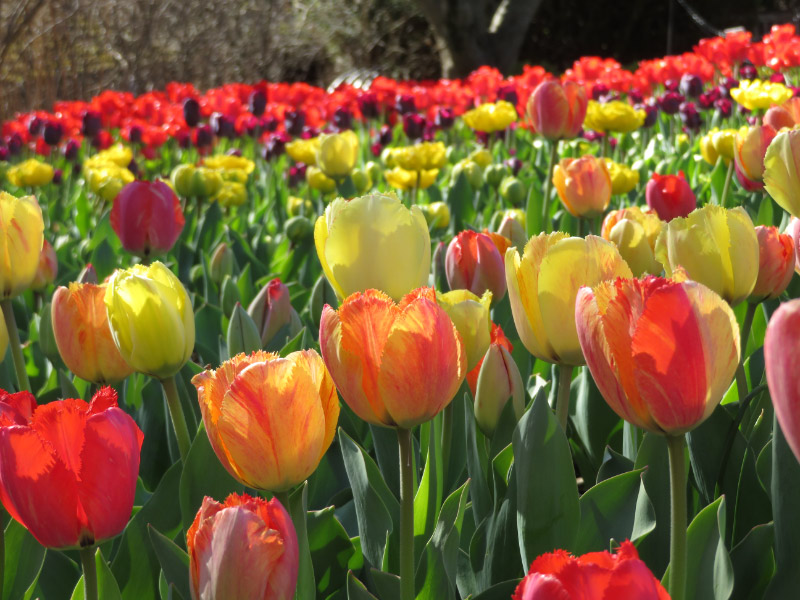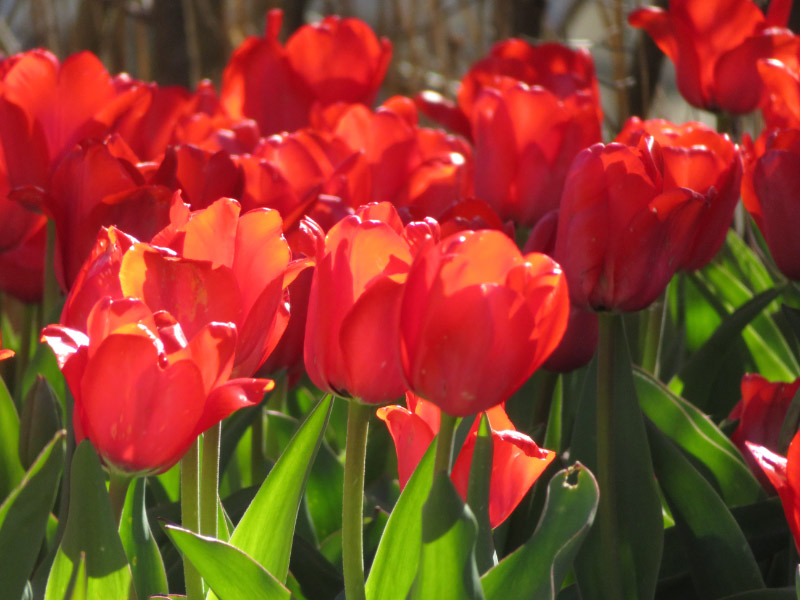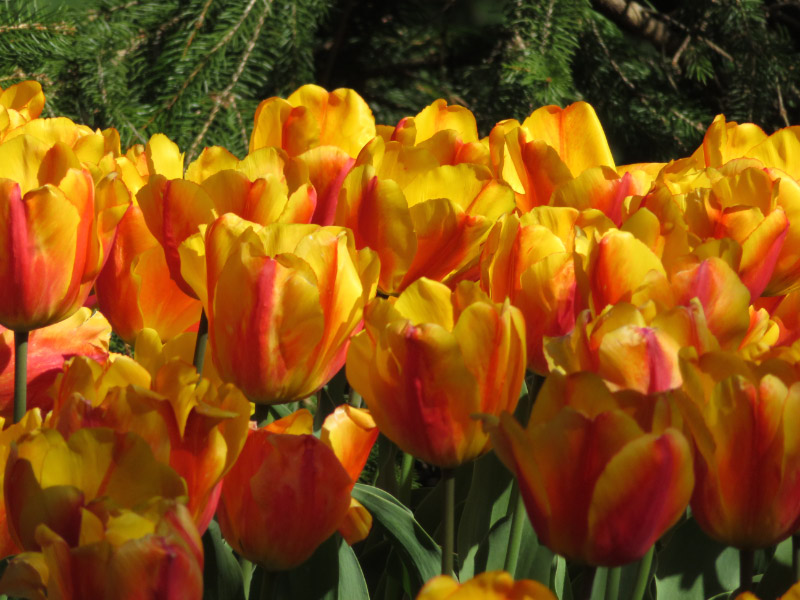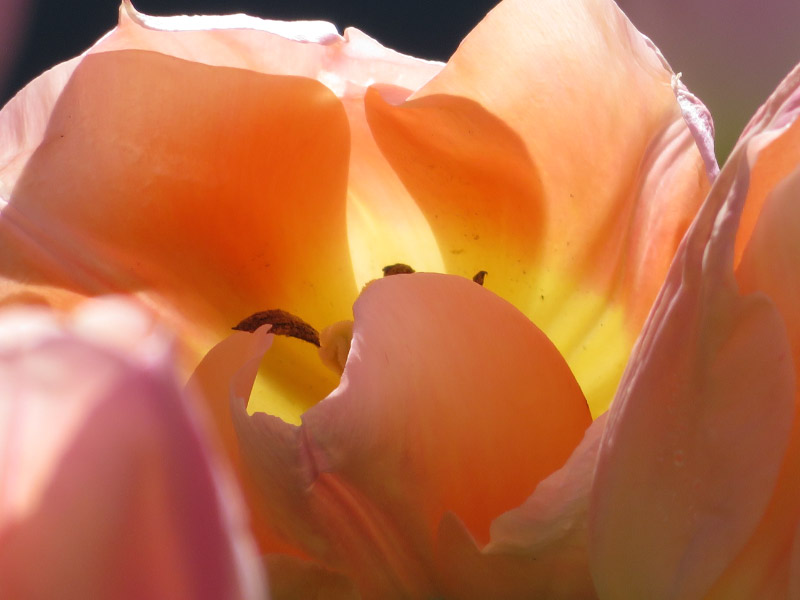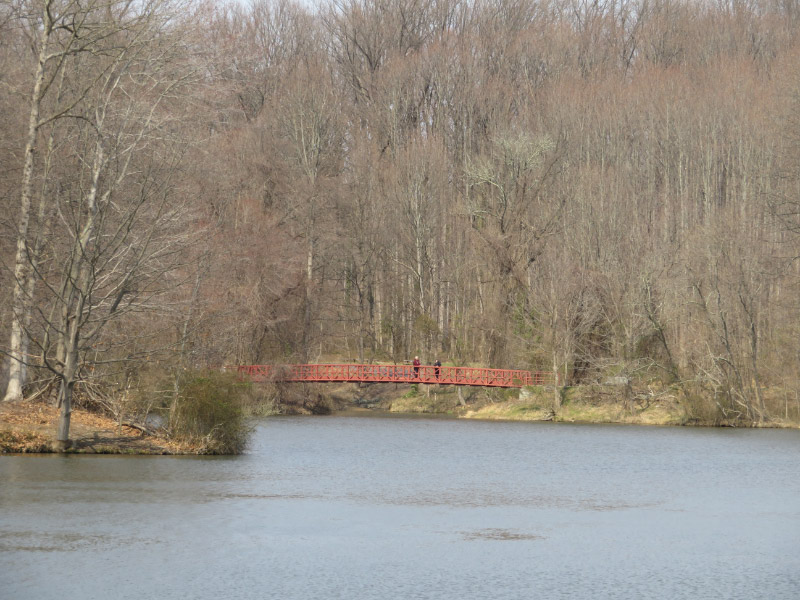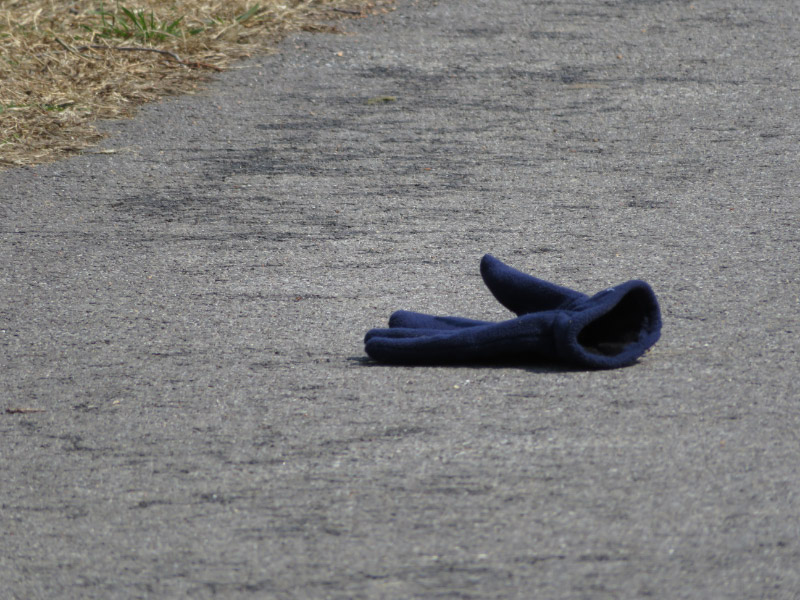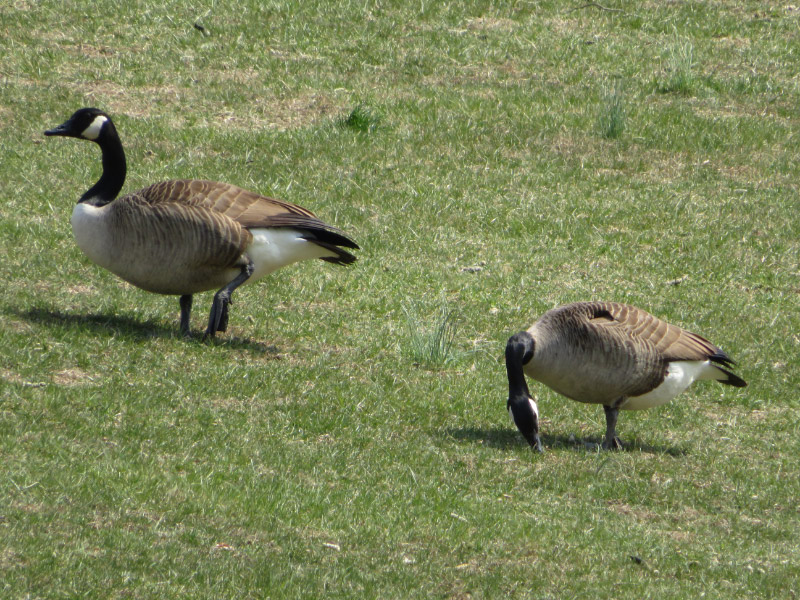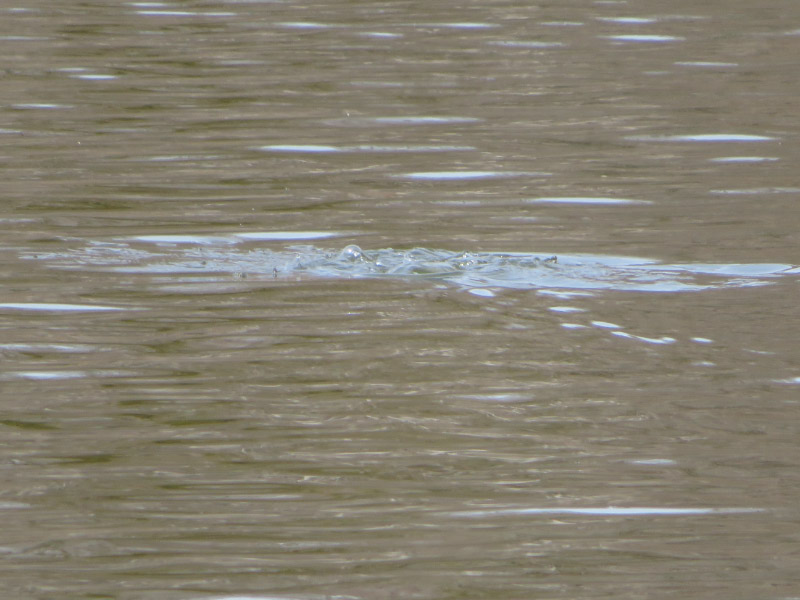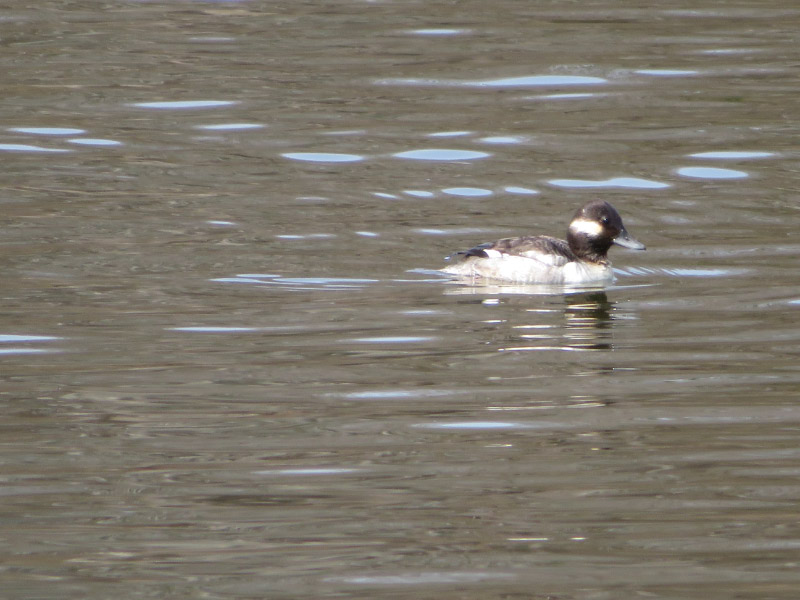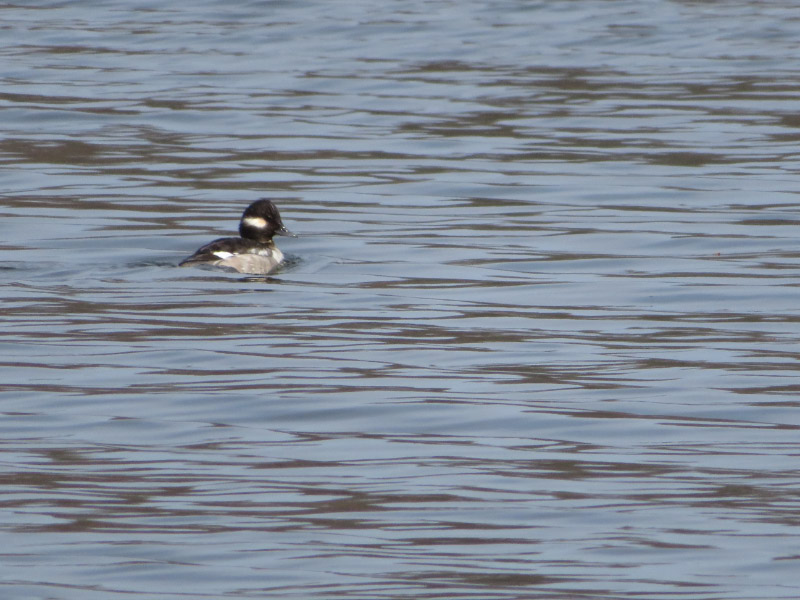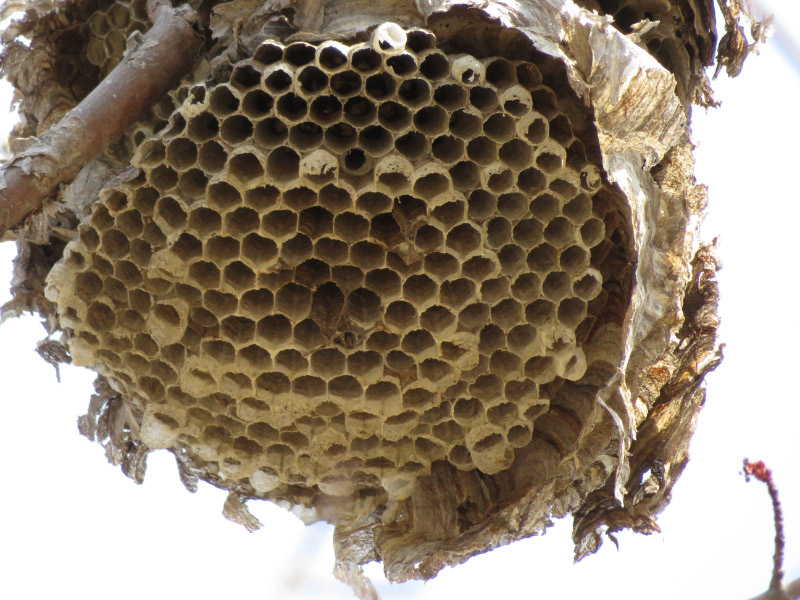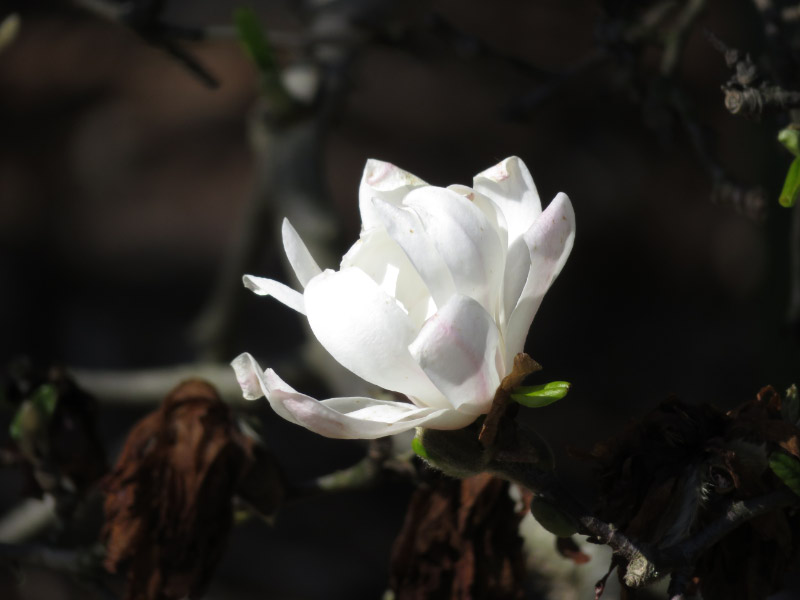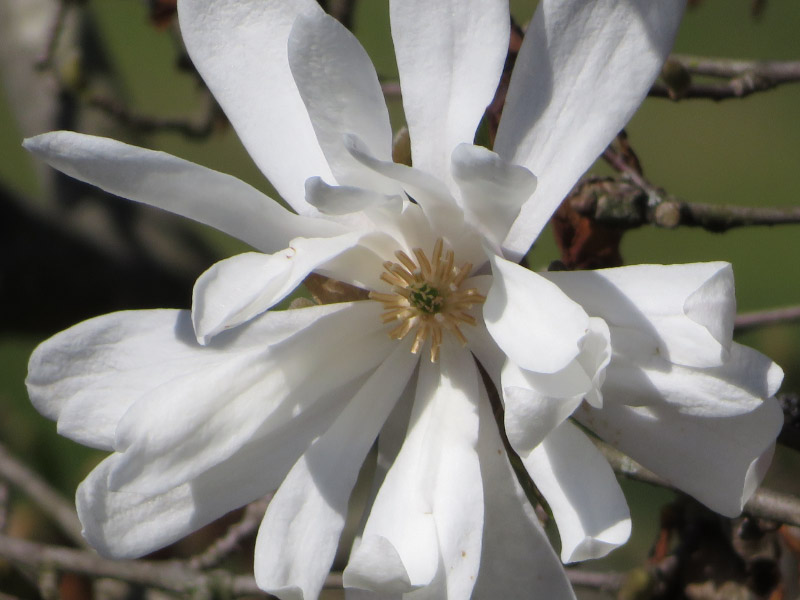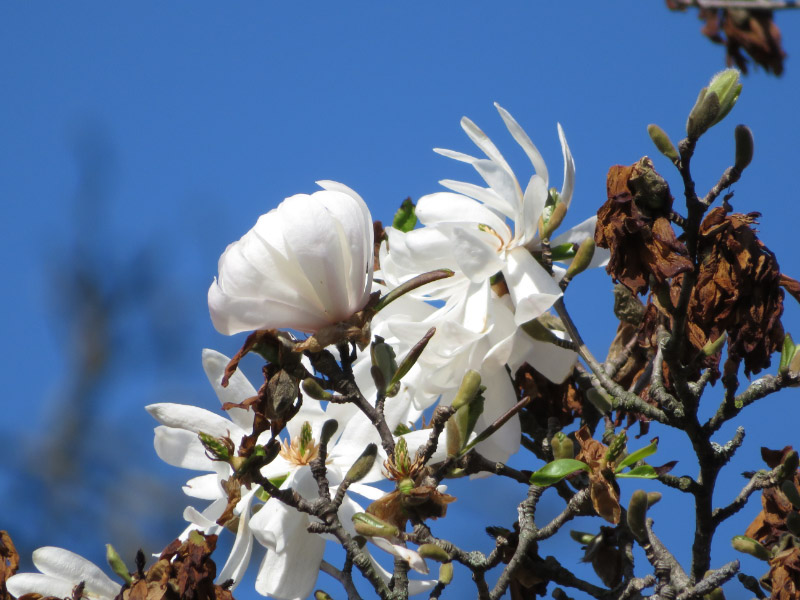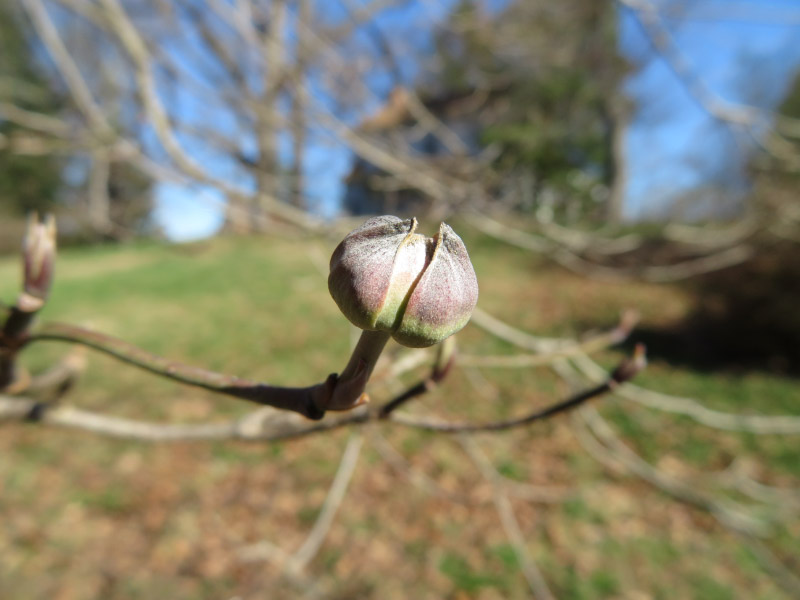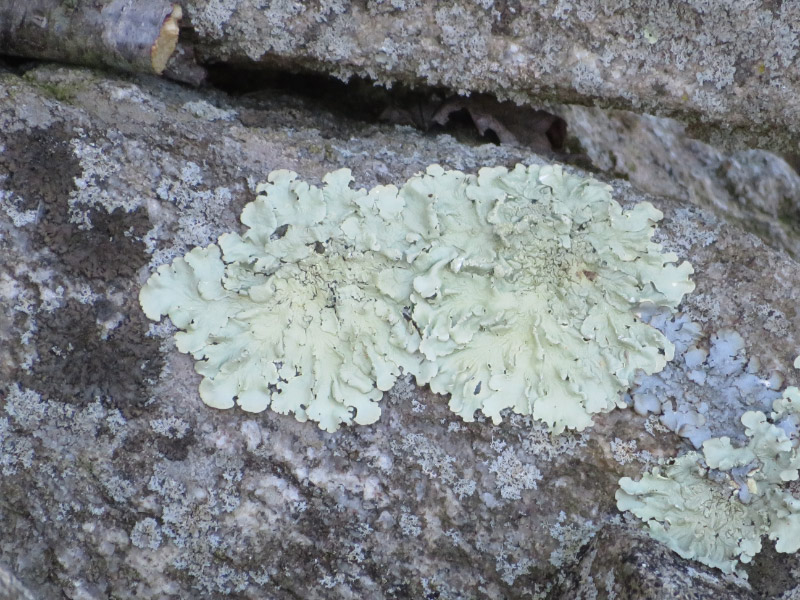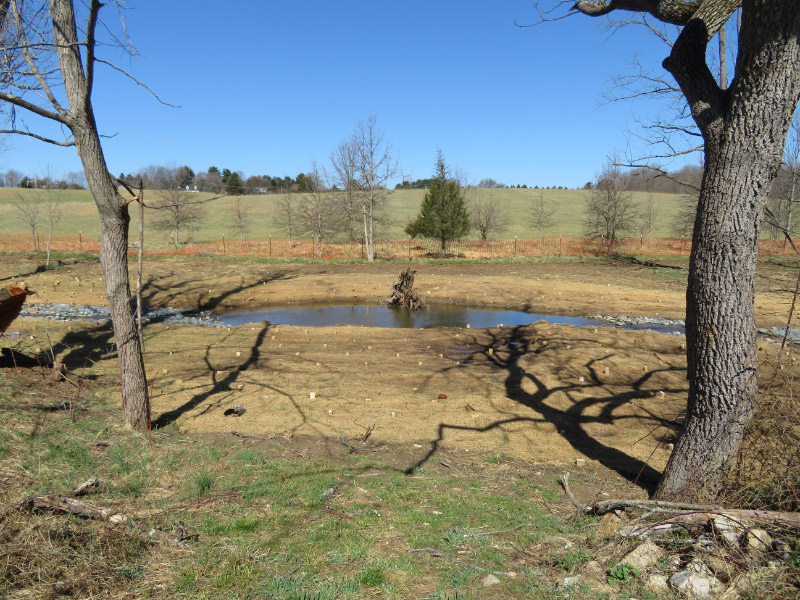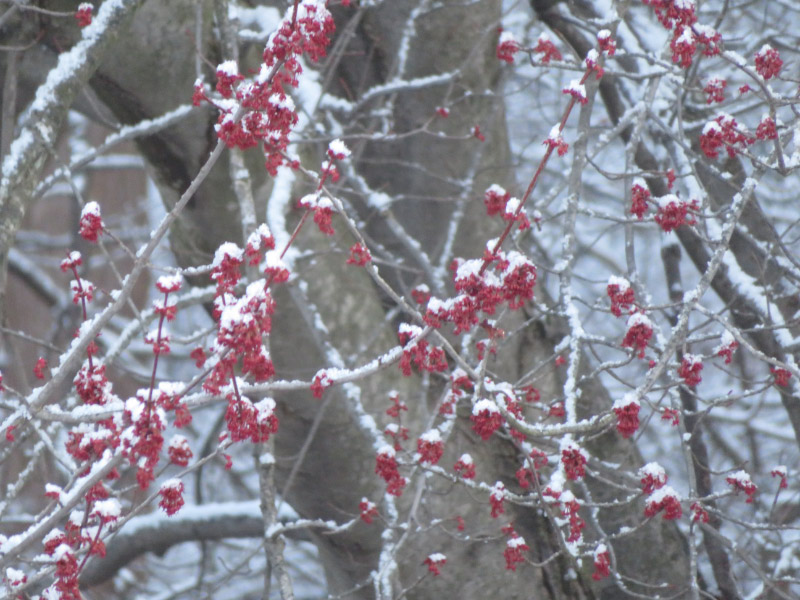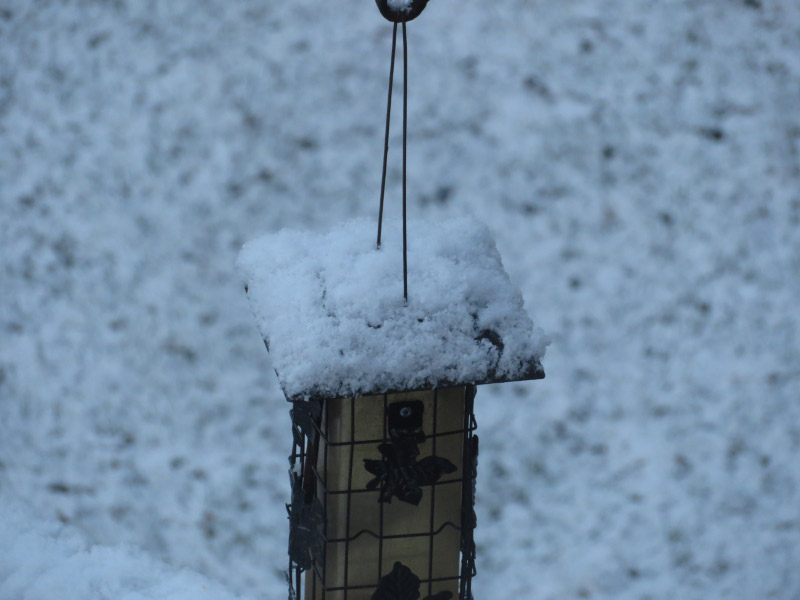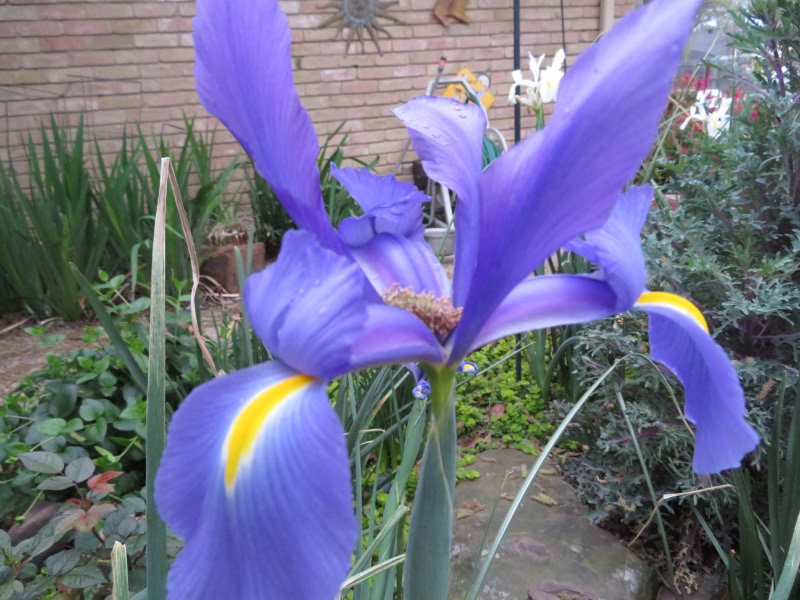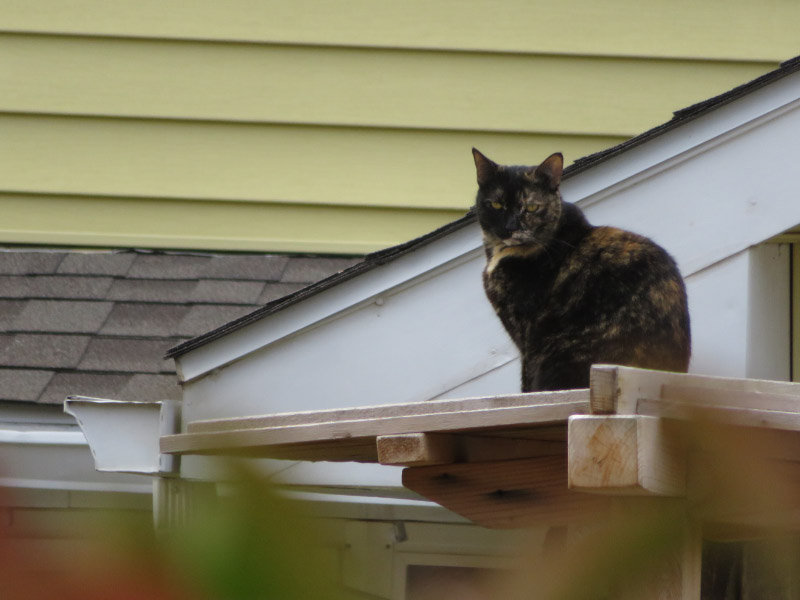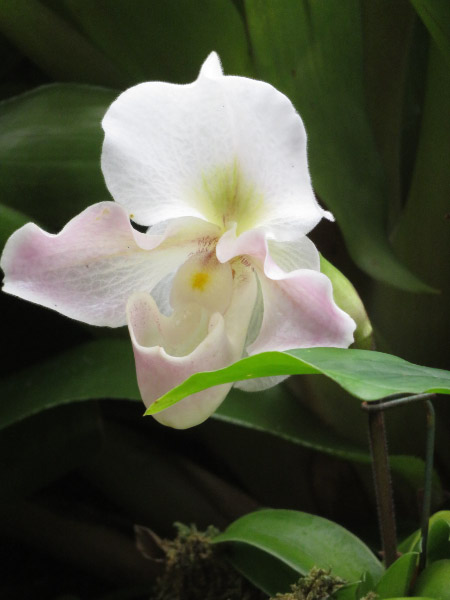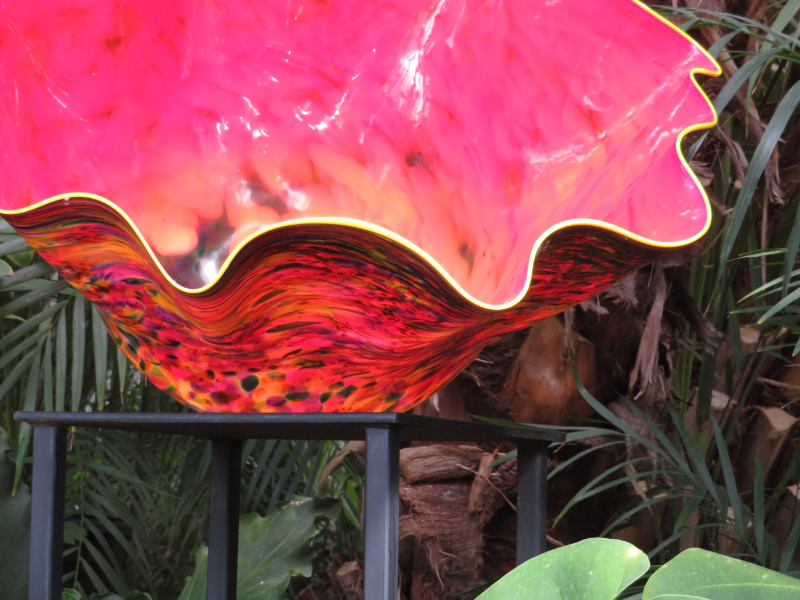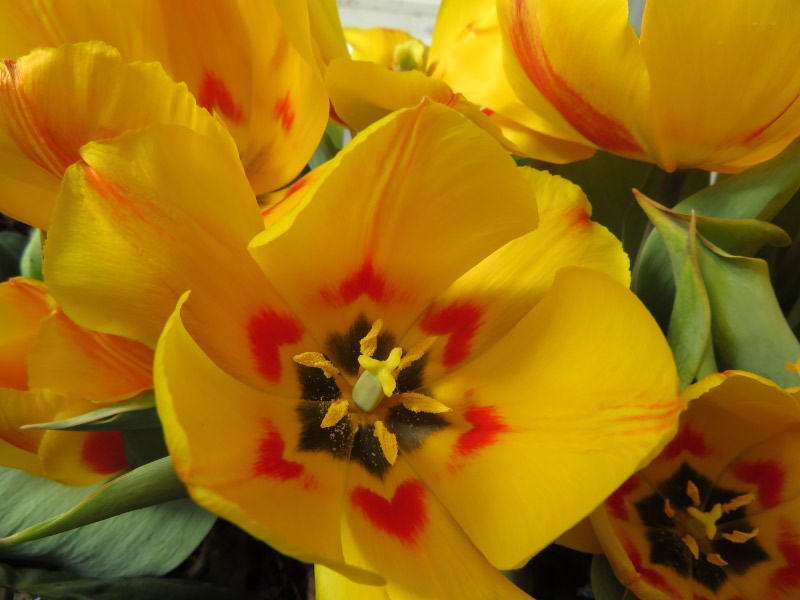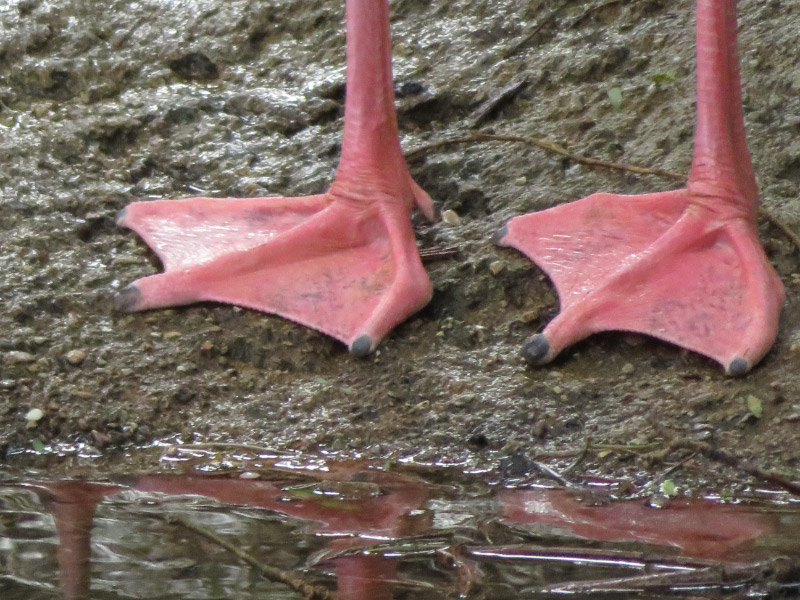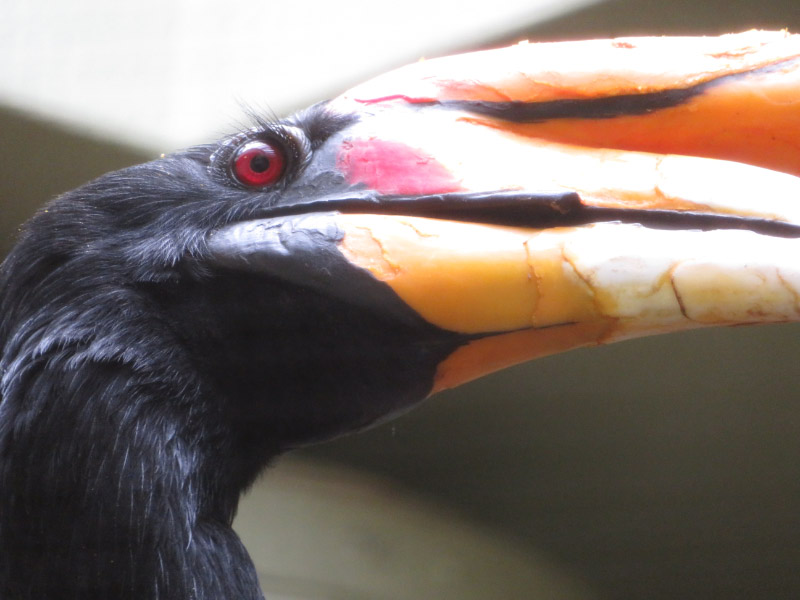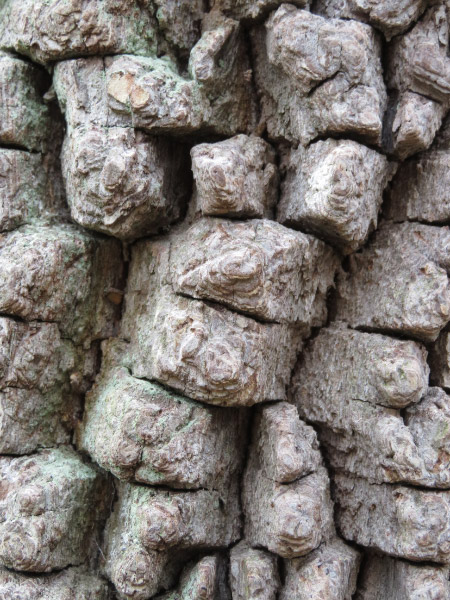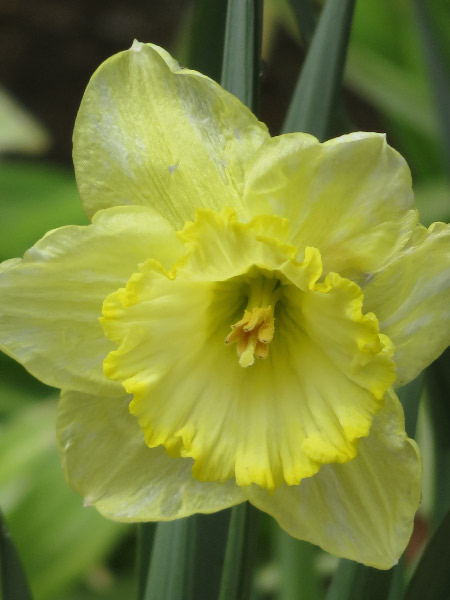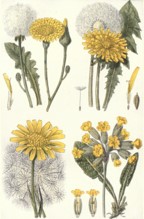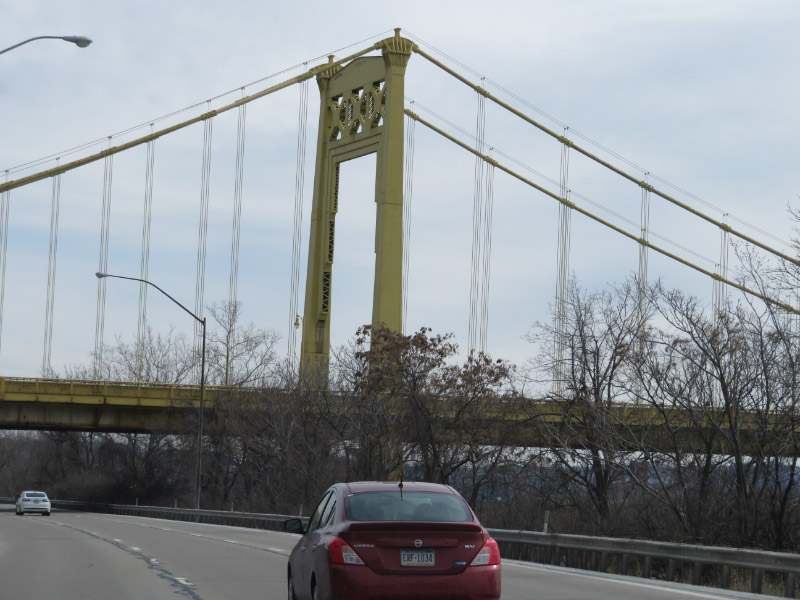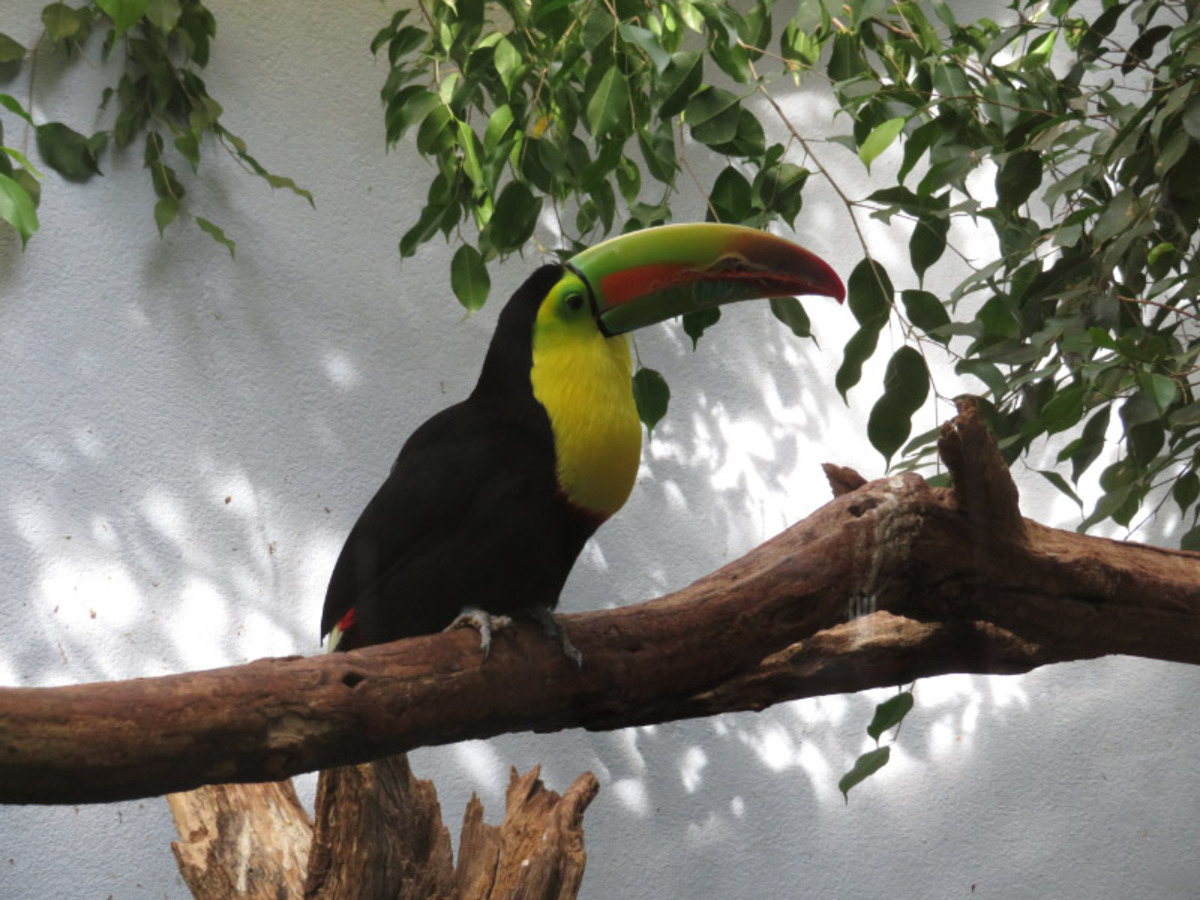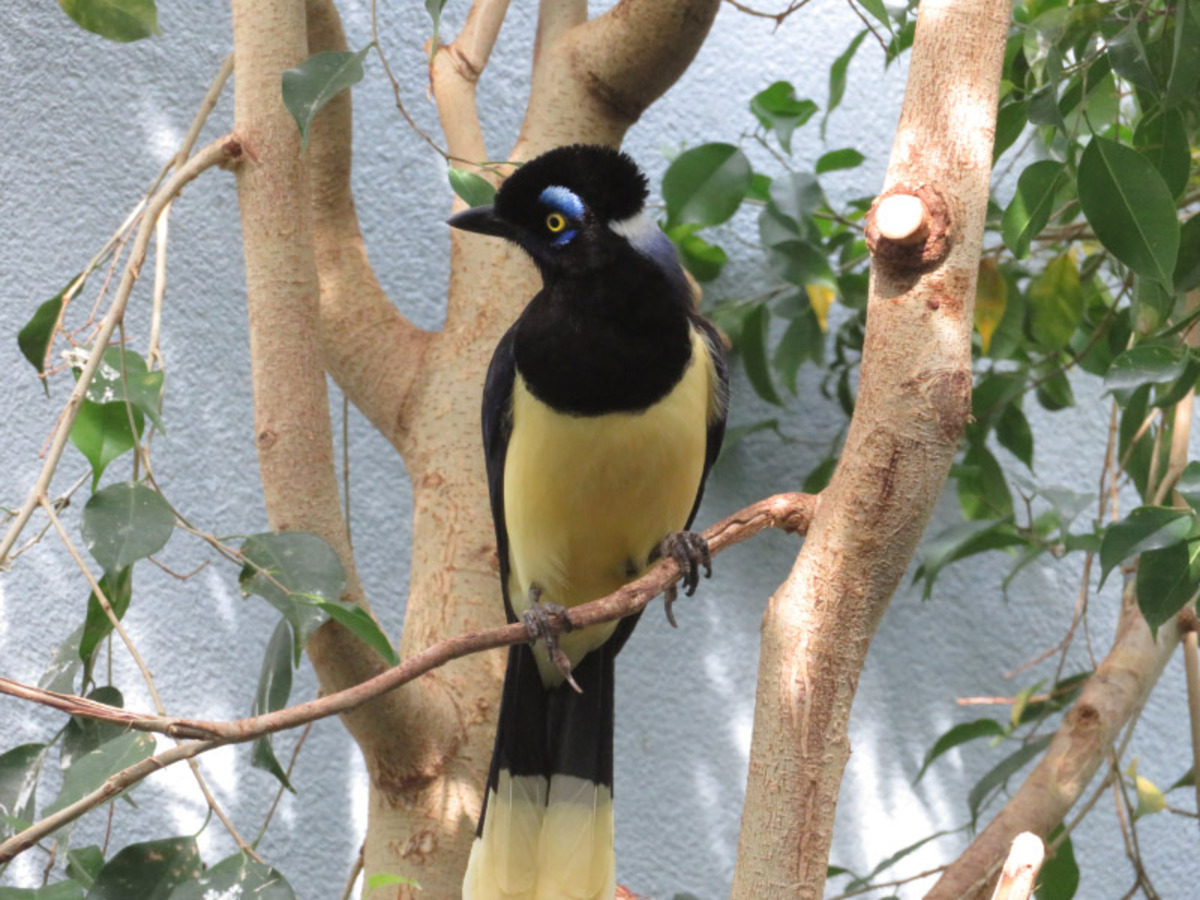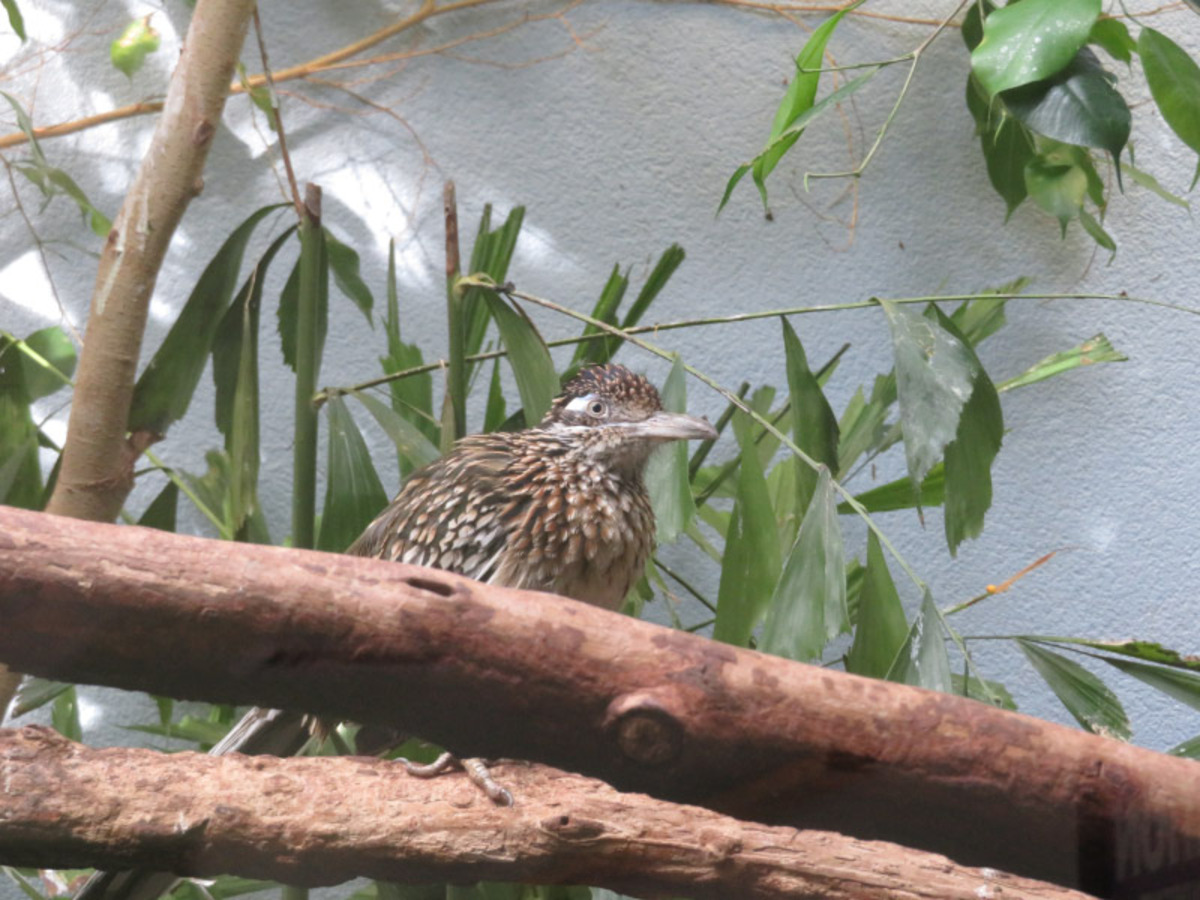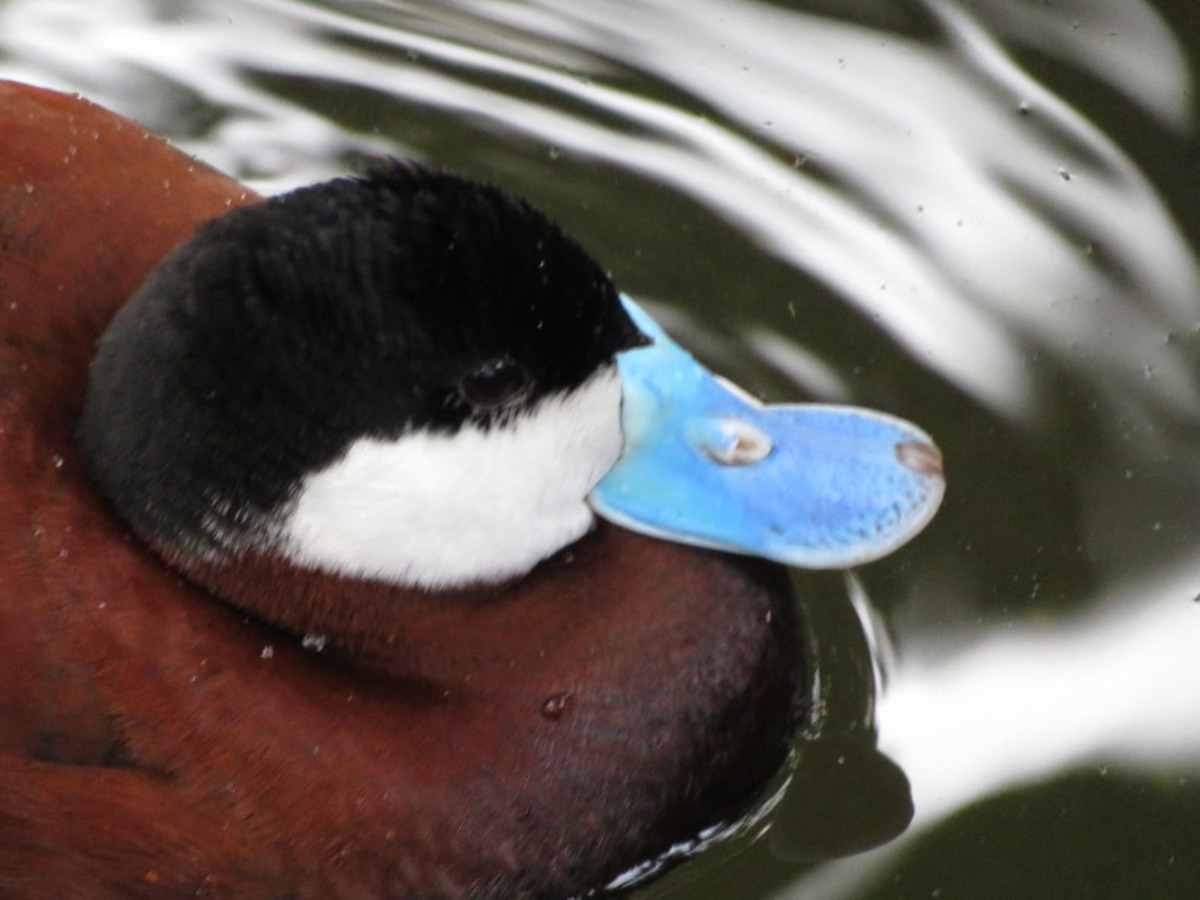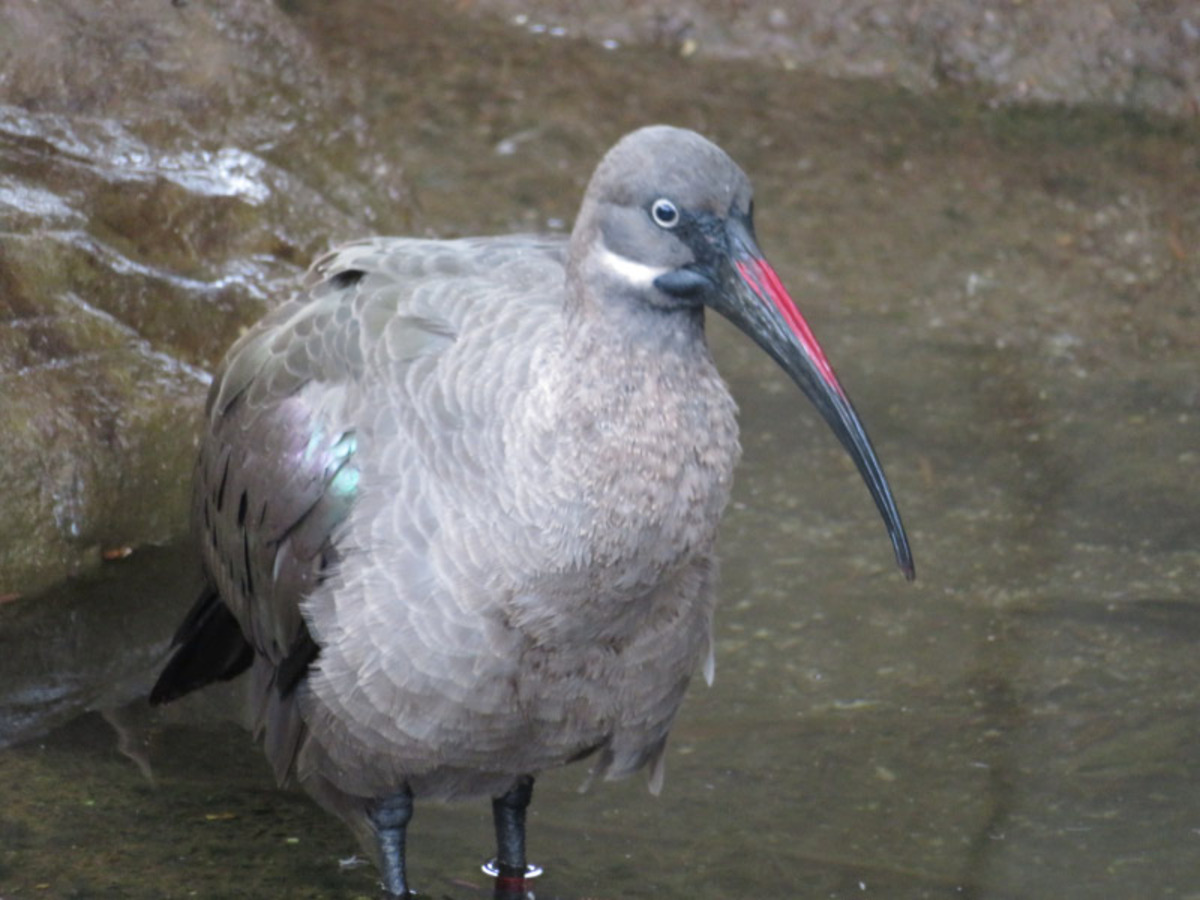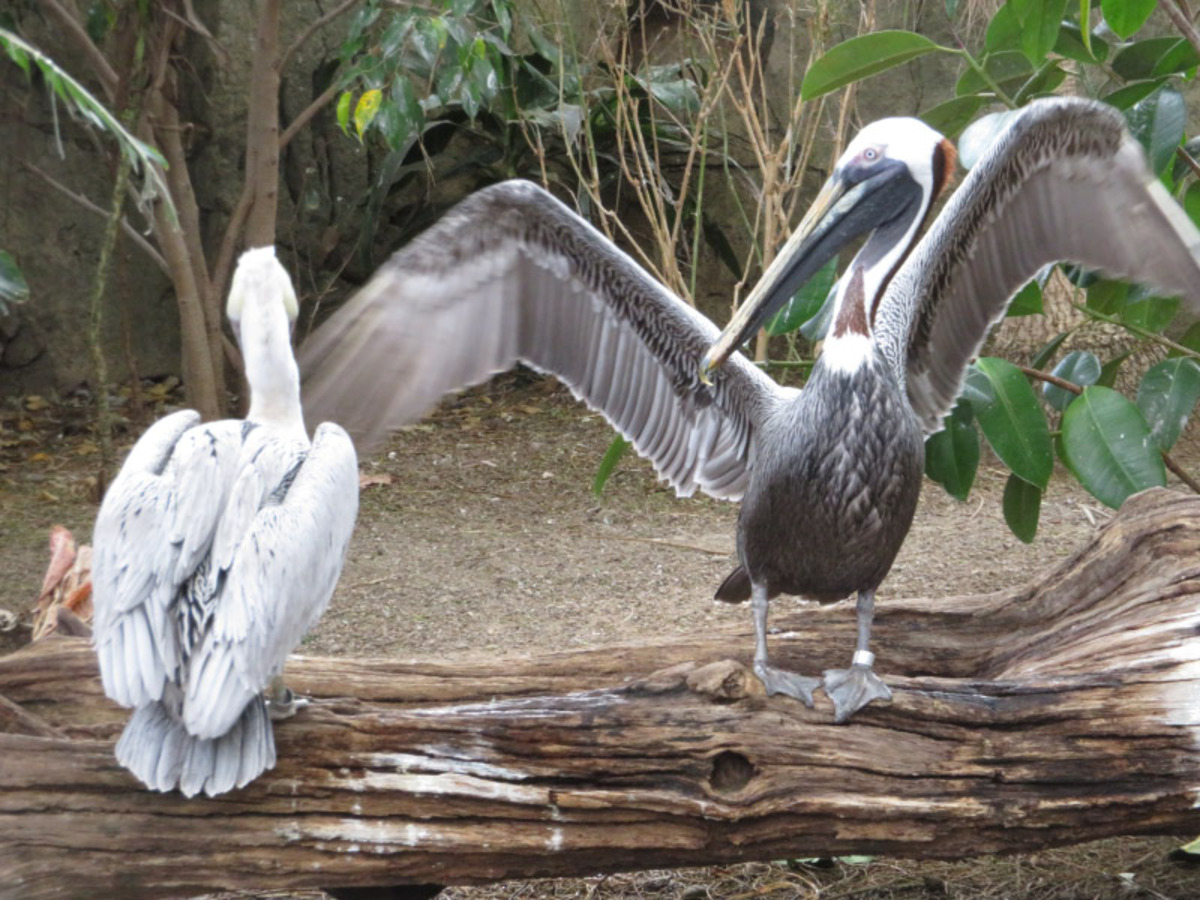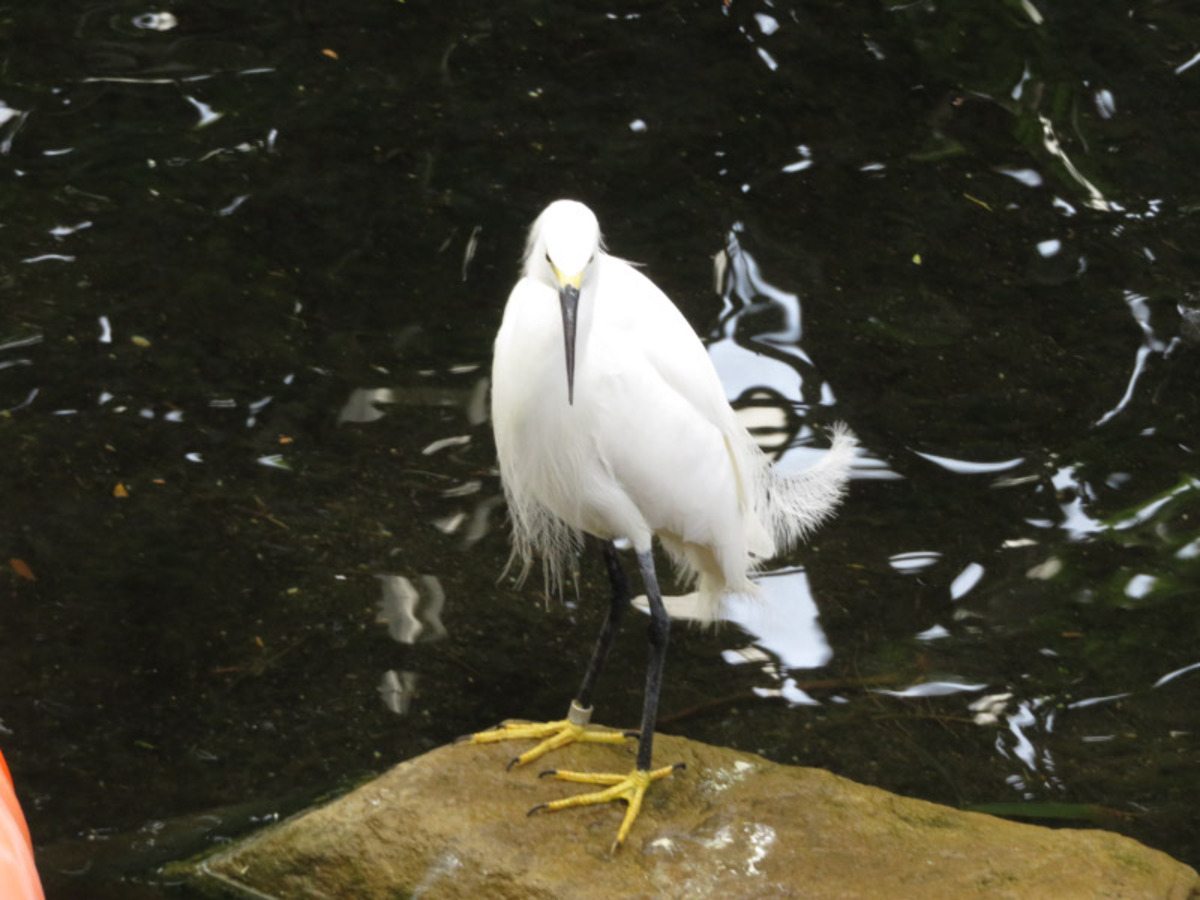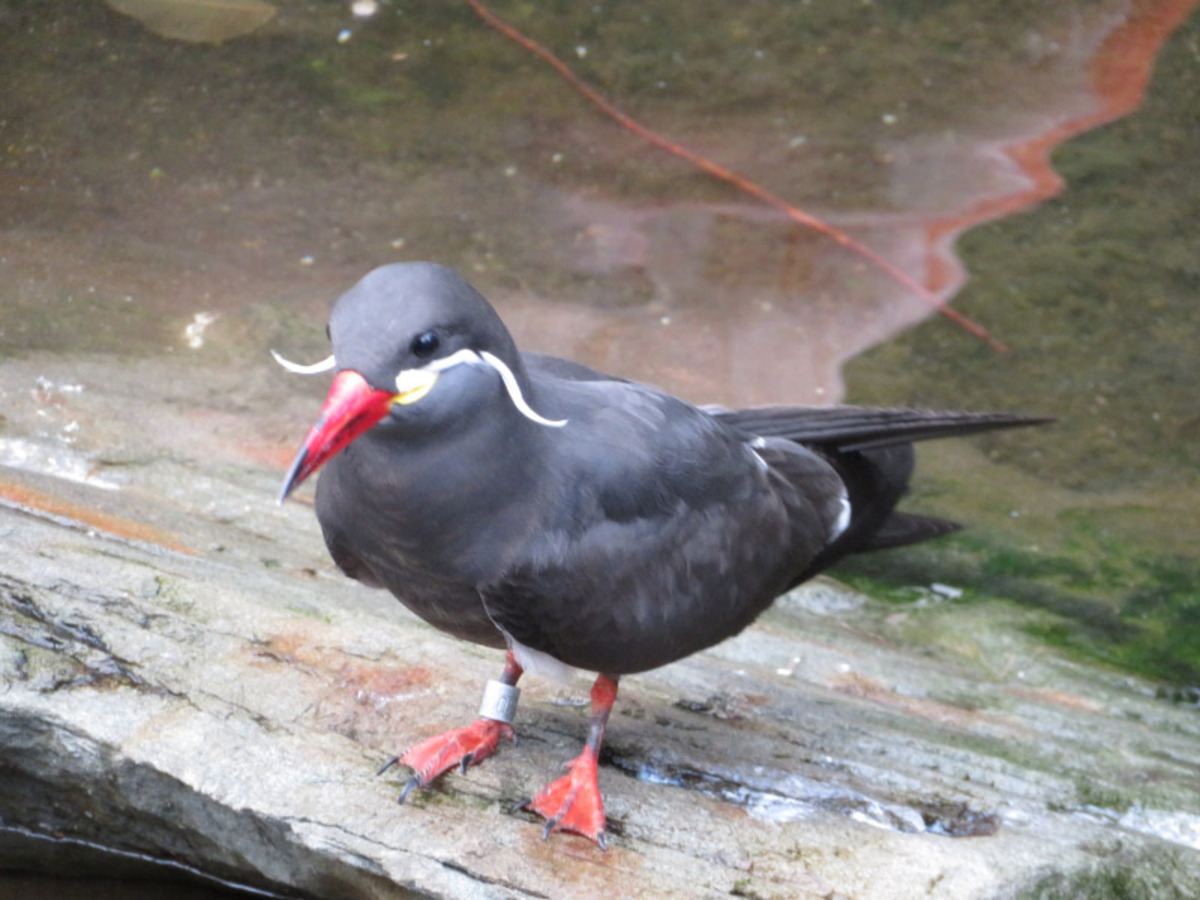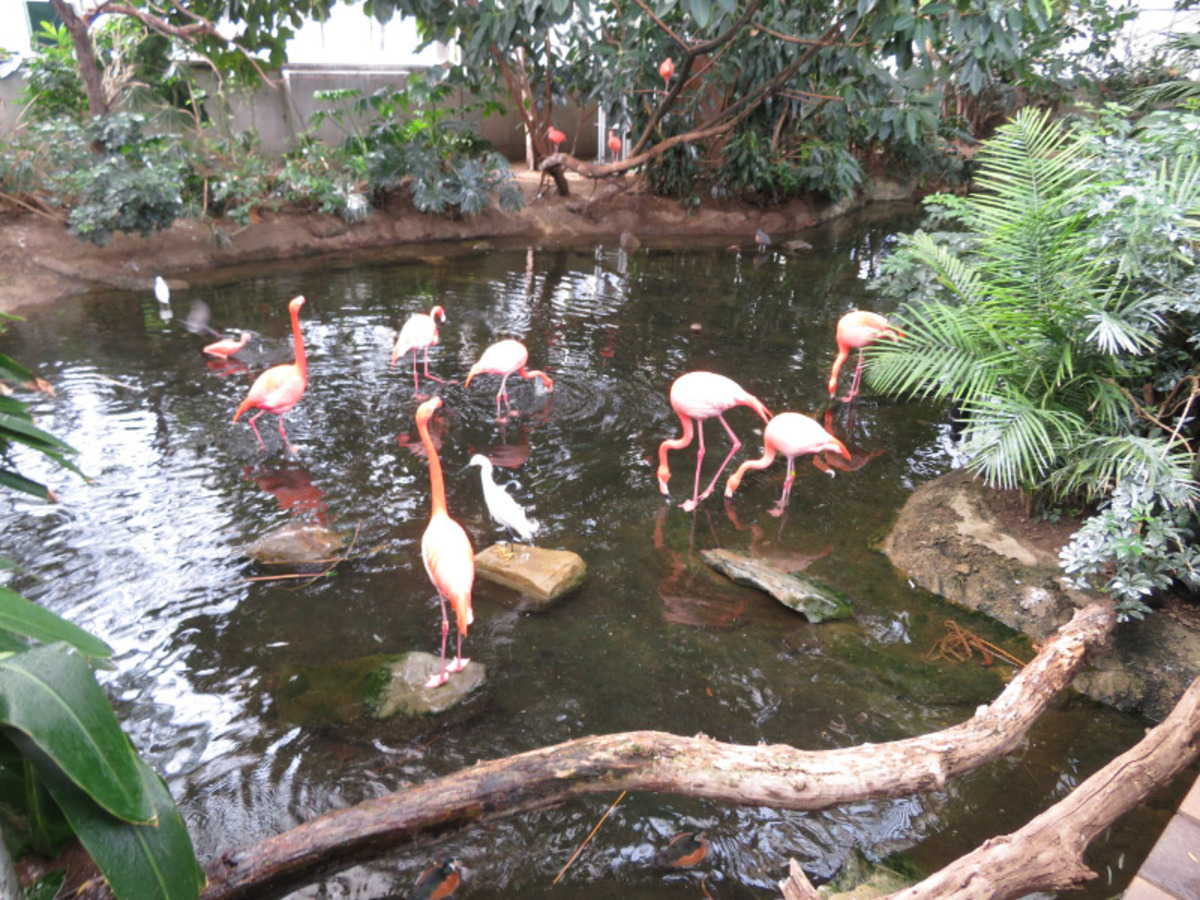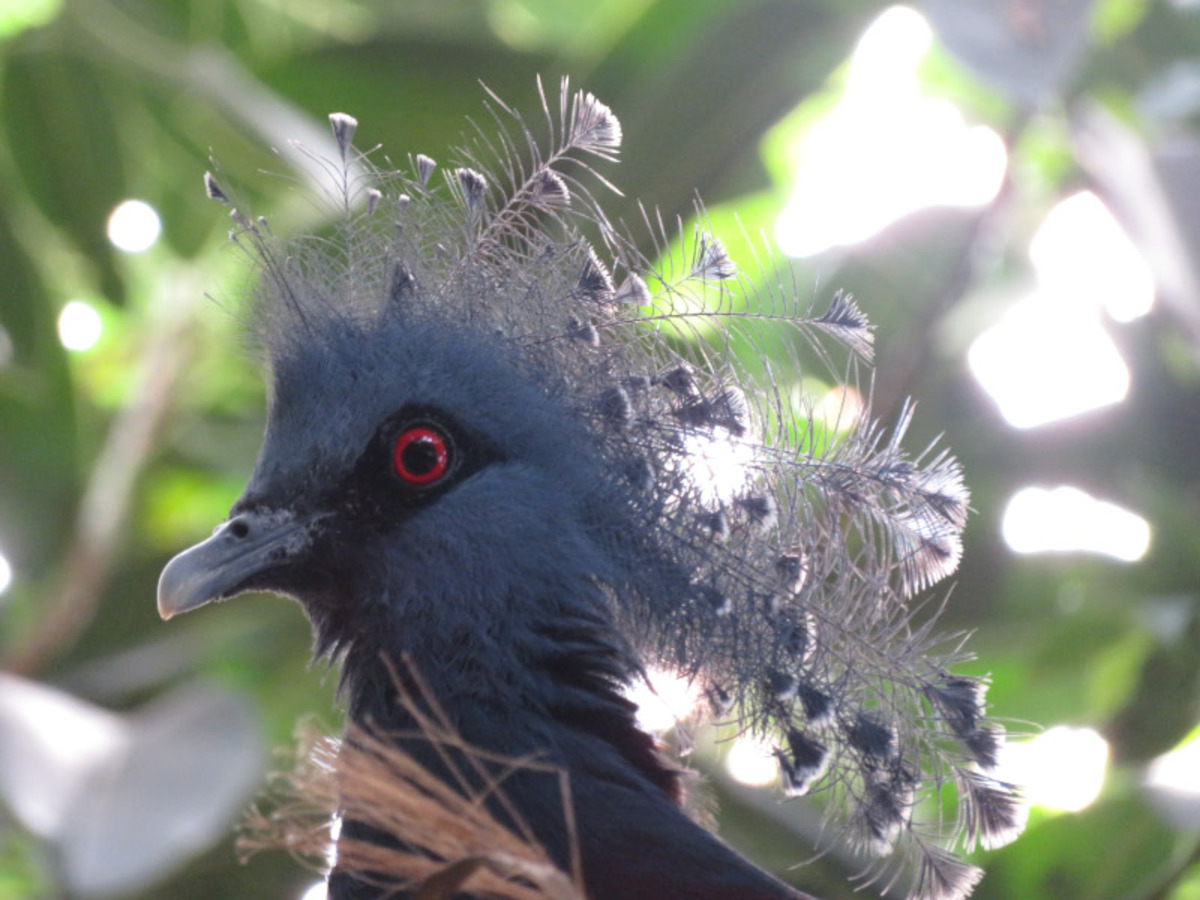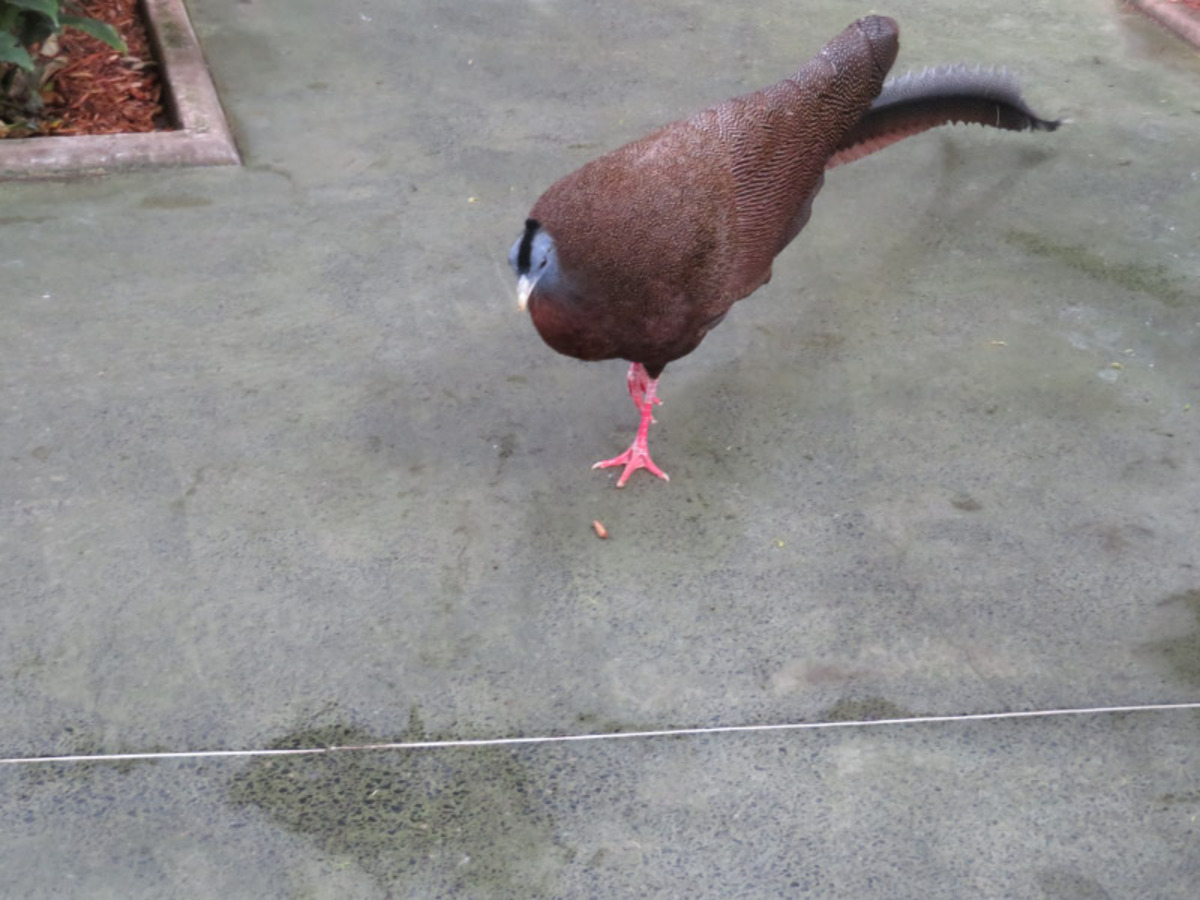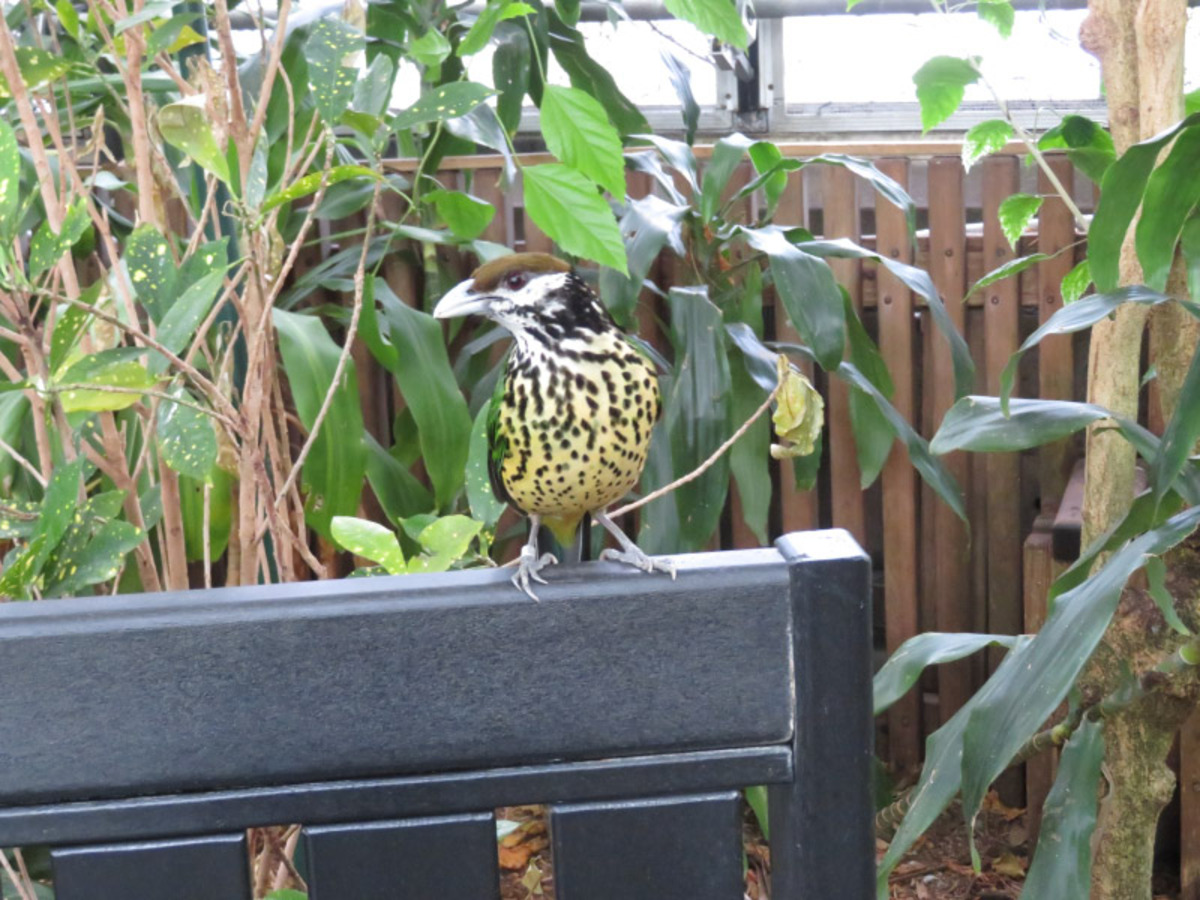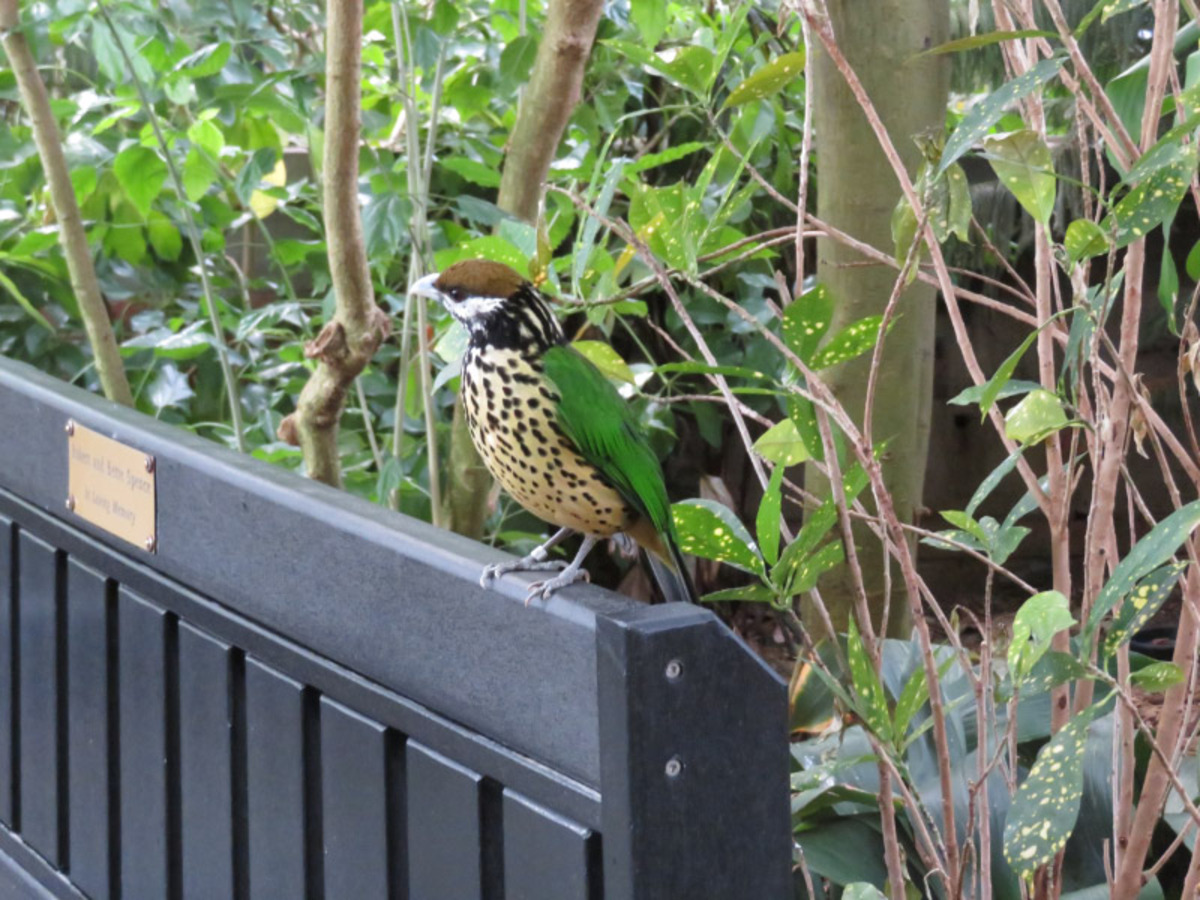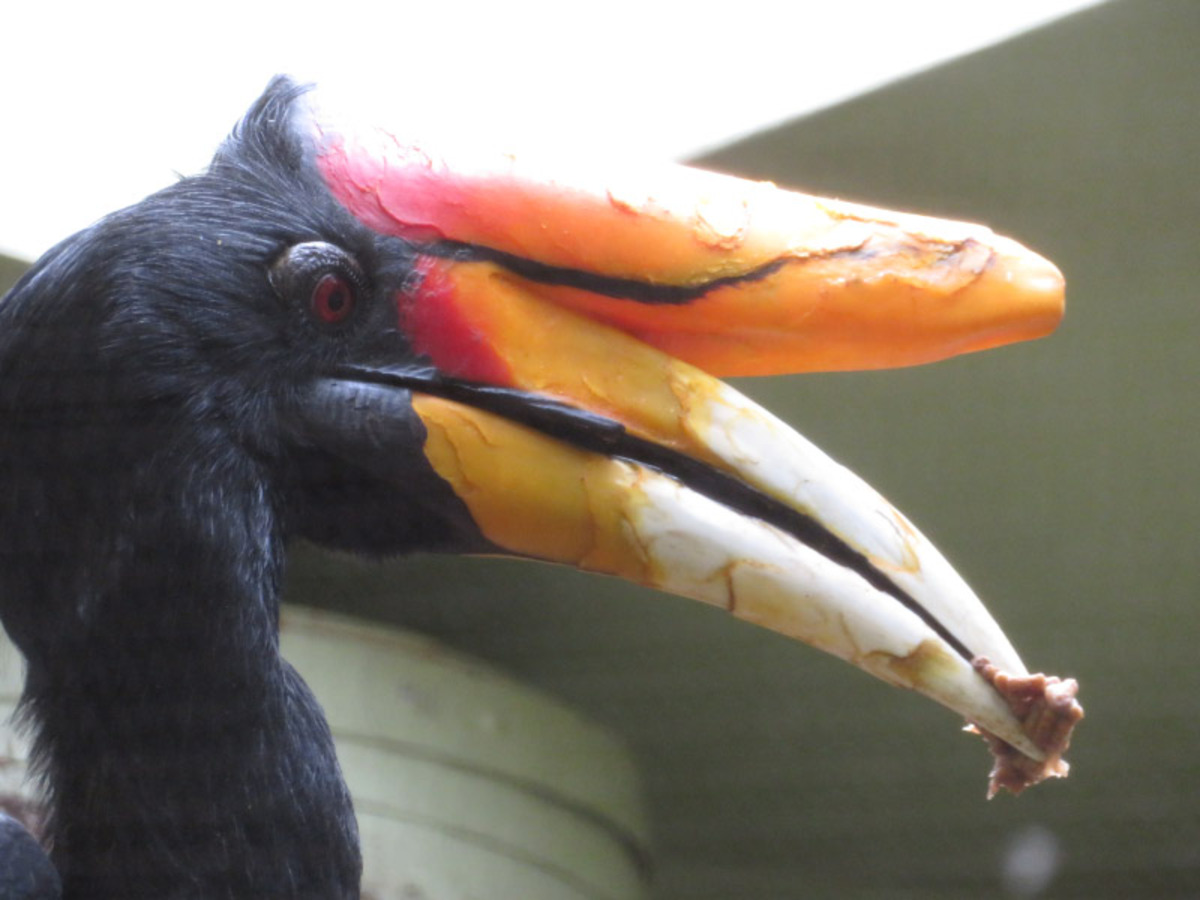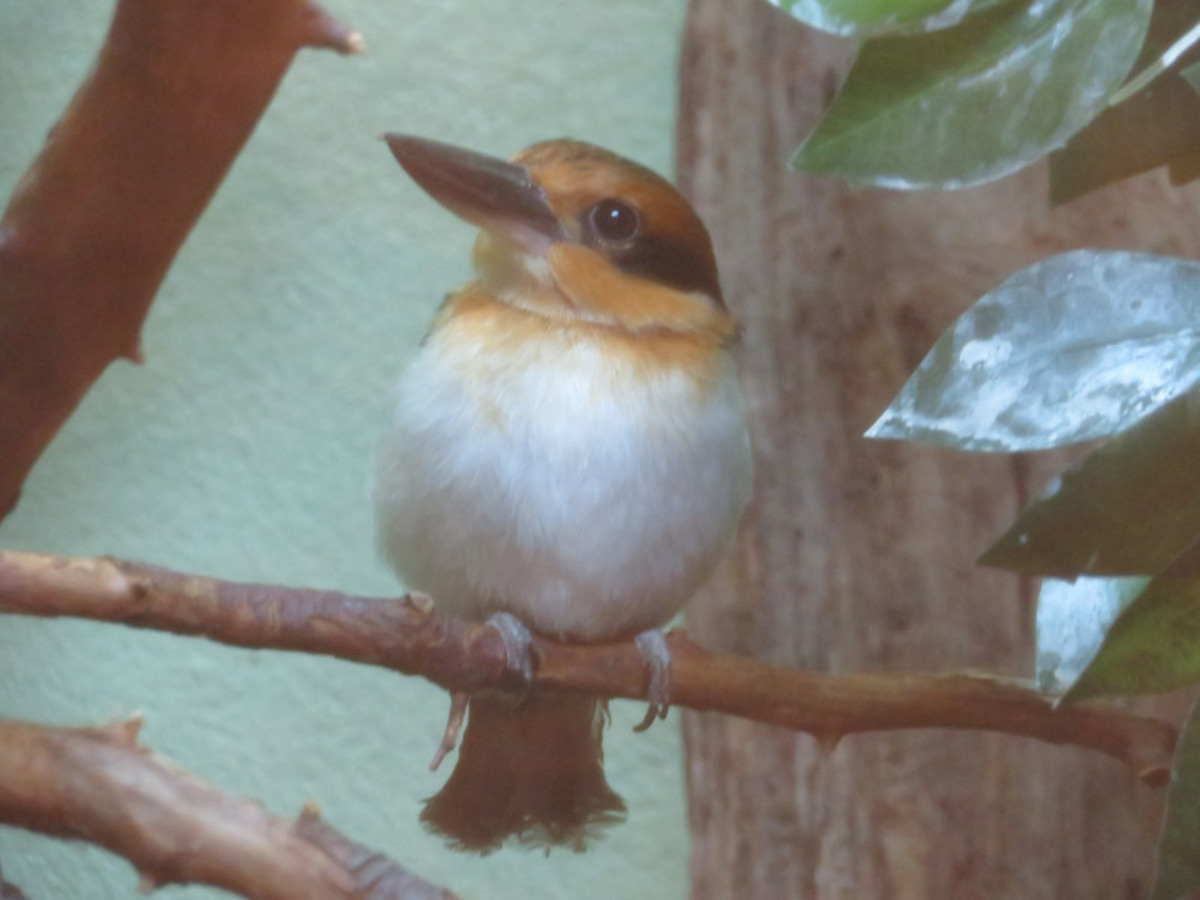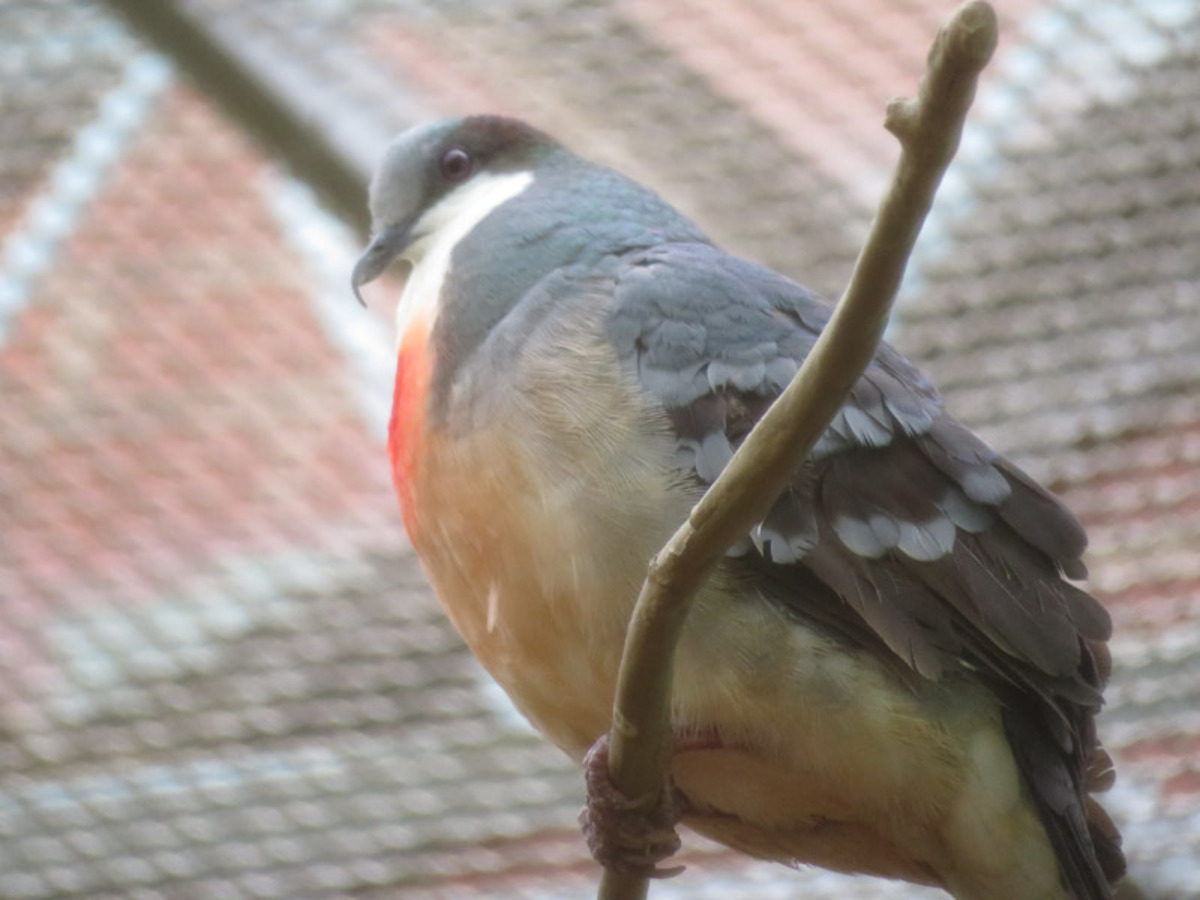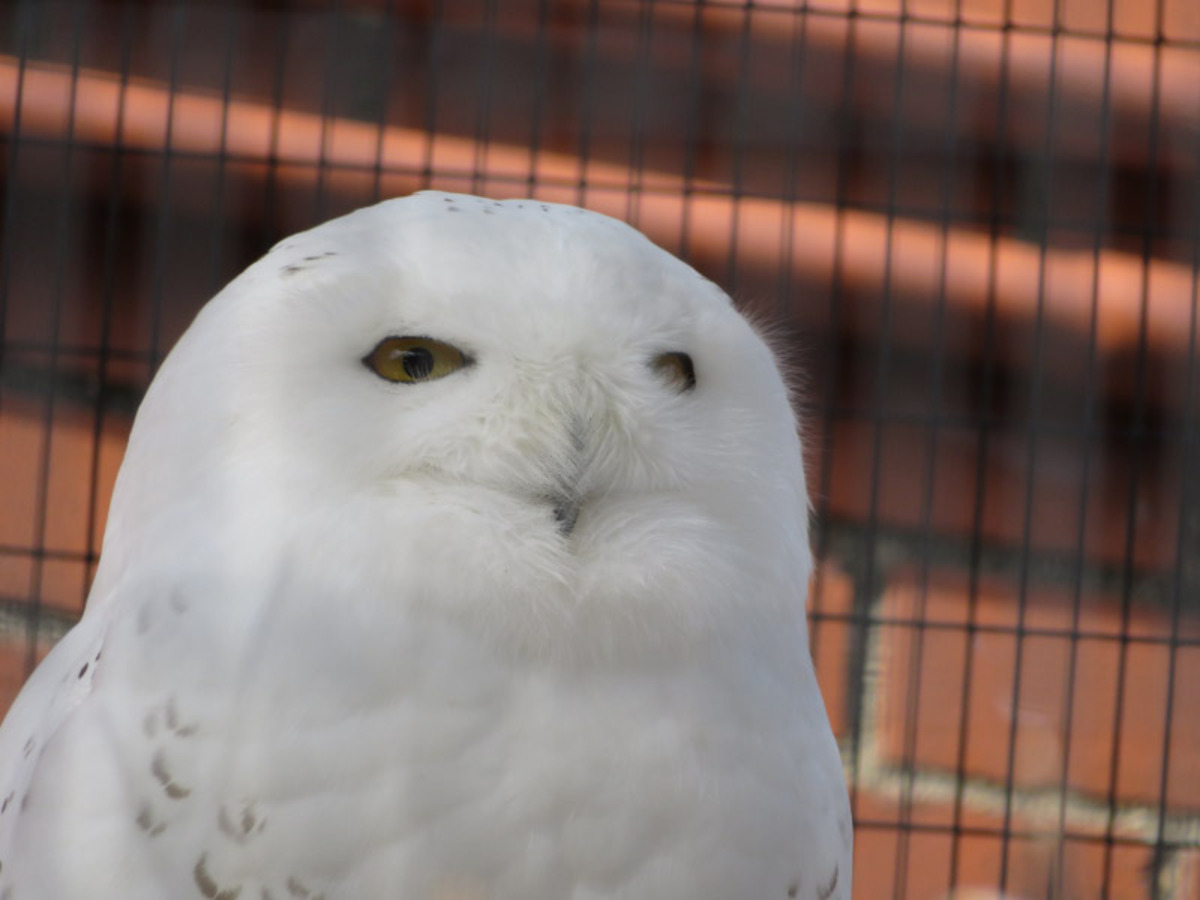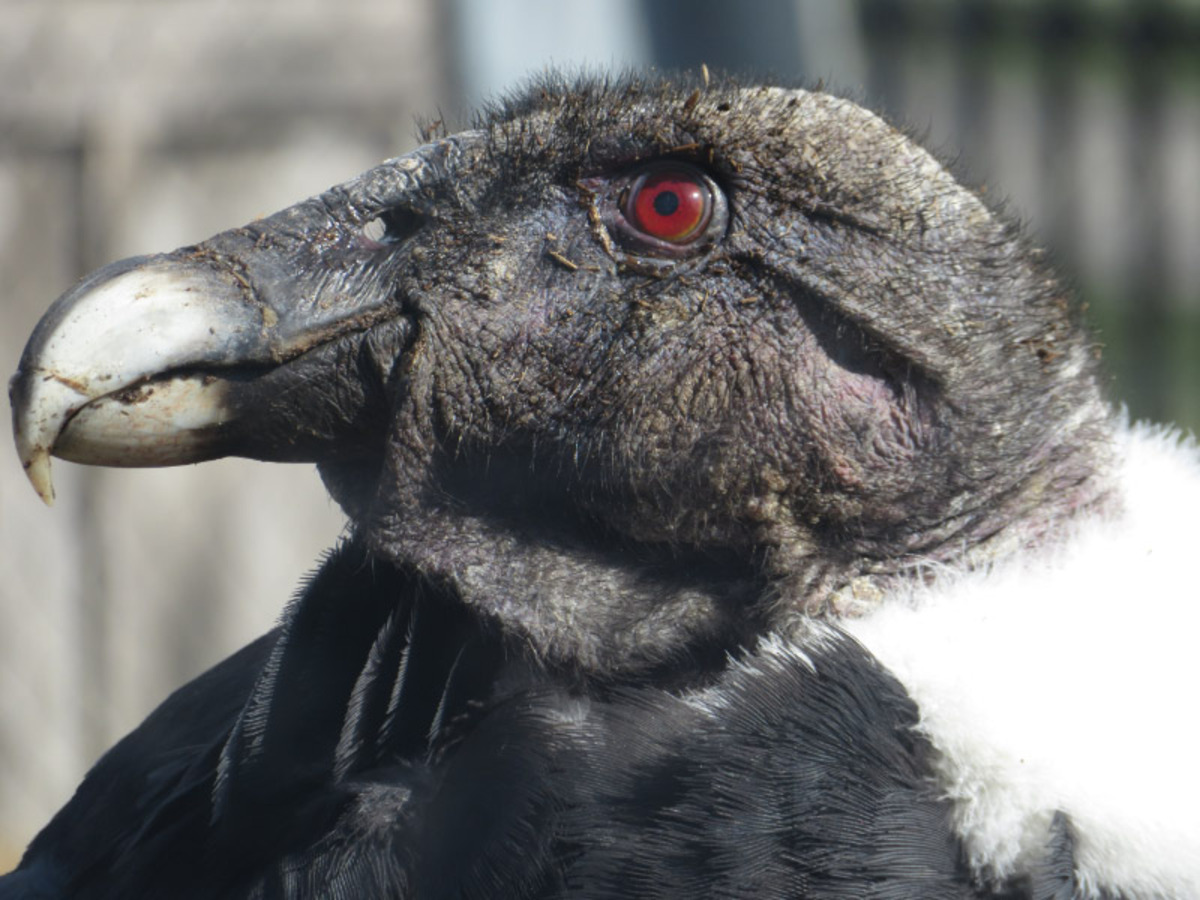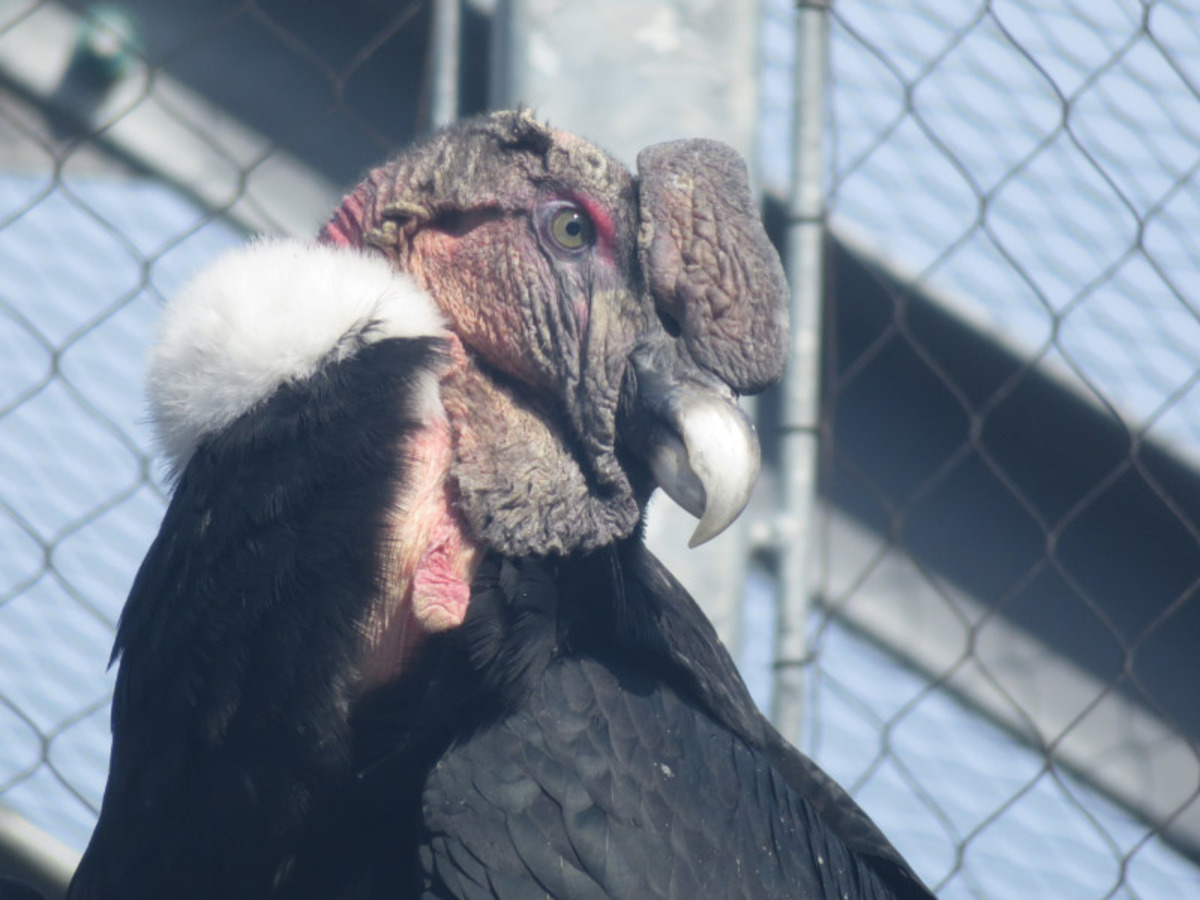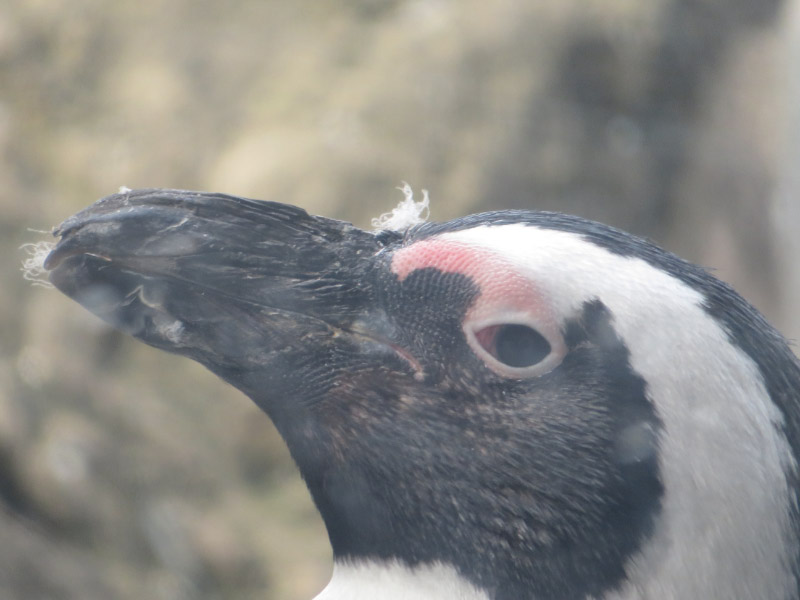March was a more hectic month than usual….but full of lots of little celebrations!
Potluck lunch. There was the potluck lunch for volunteer naturalists at the Howard County Conservancy – celebrating our time together for training…getting ready for the field trips that will start in the next few weeks and continue until June. The food is always luscious.
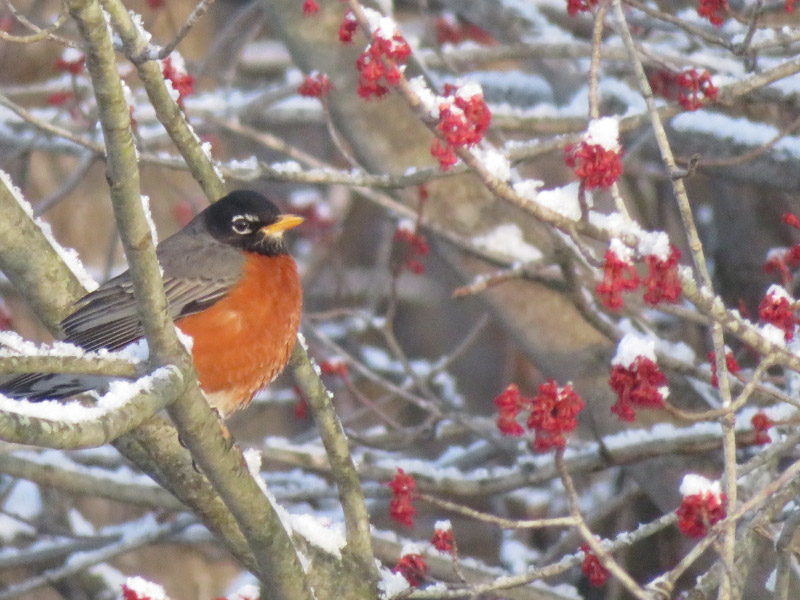 Snow. We haven’t had much snow this year…the first one of more than an inch was this month – much later than usual. I celebrated the beauty of it all and that I didn’t have to get out in it until the streets were all cleared by plows and salt application.
Snow. We haven’t had much snow this year…the first one of more than an inch was this month – much later than usual. I celebrated the beauty of it all and that I didn’t have to get out in it until the streets were all cleared by plows and salt application.
Ancient Egypt course. I celebrated the last modules of the Coursera course --- and am savoring the book written by the teacher.
There were three celebrations involving travel in March:
Old friends. I celebrated visiting with people that have known me my whole life…savoring the time with them. I also celebrated renewing friendship with someone I had not seen in 40 years!
 Phipps Conservatory. I like conservatories…and this one in Pittsburgh was one to celebrate.
Phipps Conservatory. I like conservatories…and this one in Pittsburgh was one to celebrate.
National Aviary. The walk around the National Aviary in Pittsburgh was a hours long celebration of the diversity of bird life --- and becoming very aware of the fragility of that diversity around the world.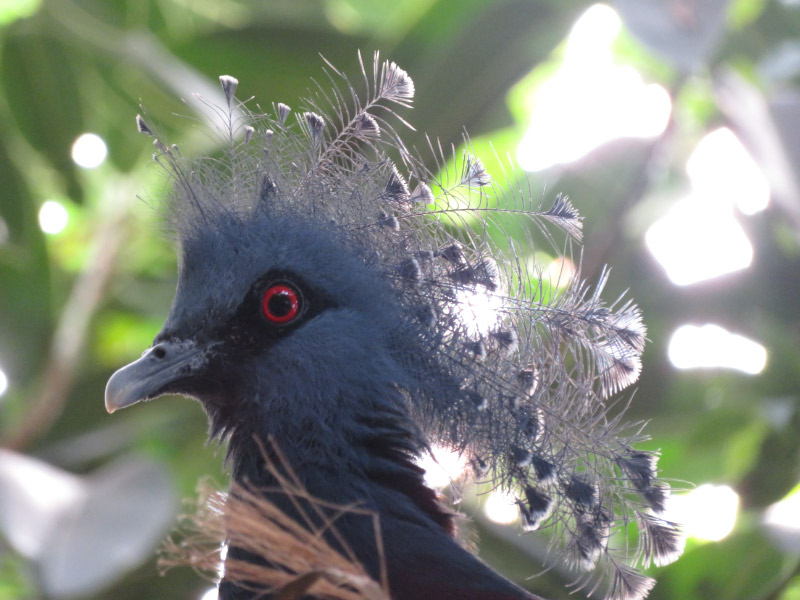
And then there were outdoor activities and photography to celebrate:
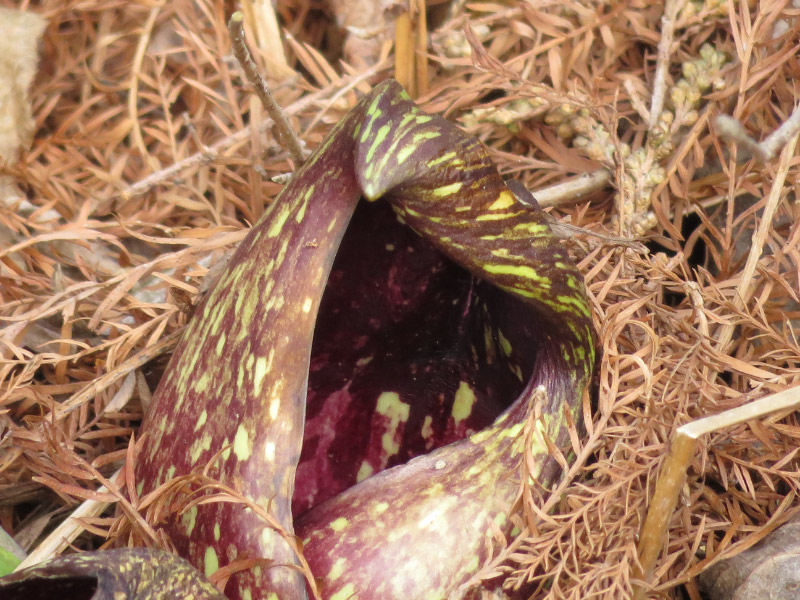 Brookside Garden skunk cabbage. It finally was up even though the plants looked like they were trying to hide again under the bald cypress needles from last fall.
Brookside Garden skunk cabbage. It finally was up even though the plants looked like they were trying to hide again under the bald cypress needles from last fall.
Rockburn Branch macroinvertebrates. Yes – is was part of training…but I always celebrate that we find the creatures so easily.
Pileated Woodpecker. We had one the visited our yard – scouting apparently. The birds was on the sycamore at first, then on a neighbors deck, then the trunk of a pine tree, and the roof of our covered deck…finally into the maple tree. I had lots of opportunities for pictures.
Khepri (morning) light. I liked the Ancient Egypt class so much – I am calling the excellent light for photography that happens as the sun comes out after the Ancient Egyptian god for sunrise and rebirth…celebrating that time of day!
